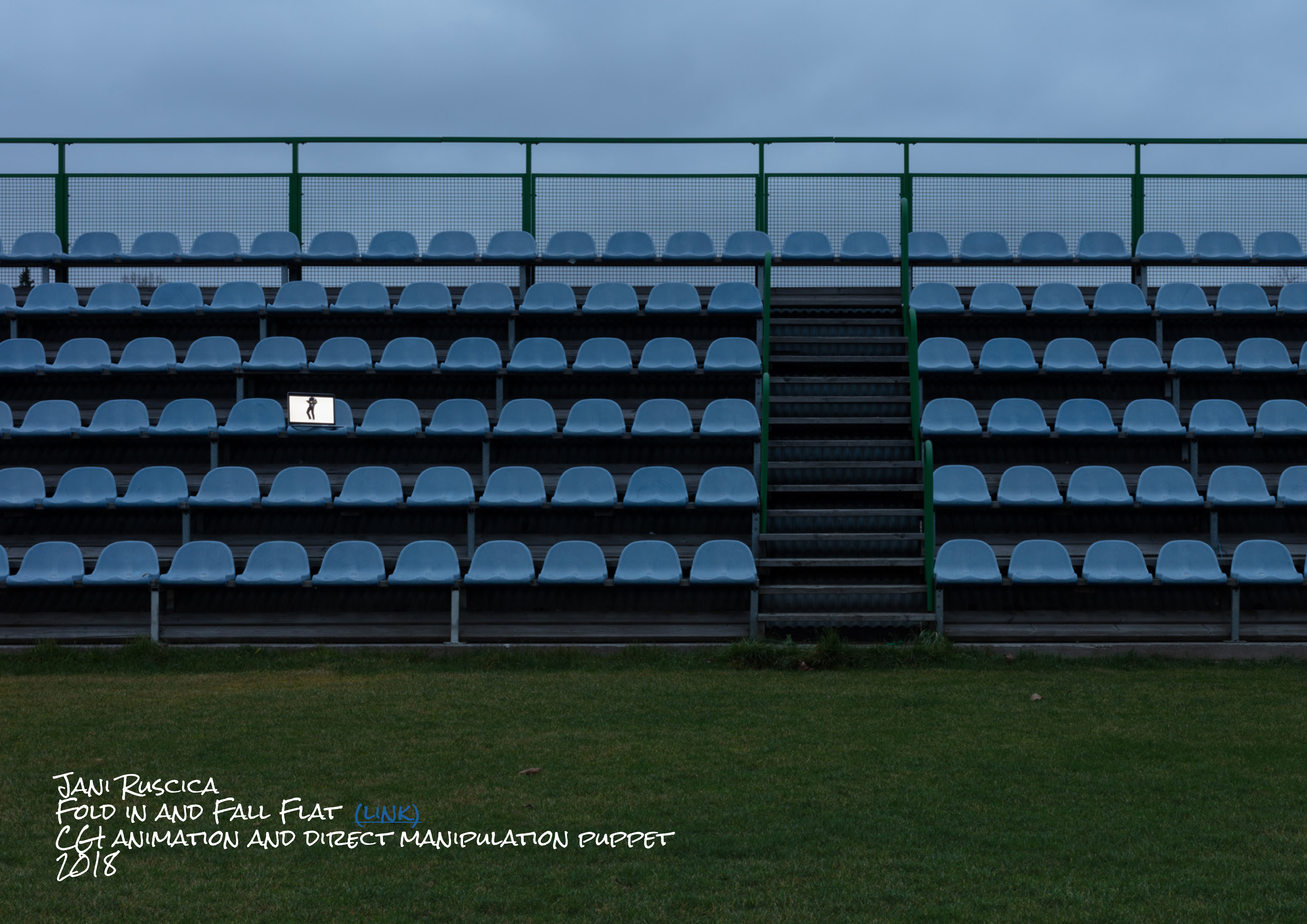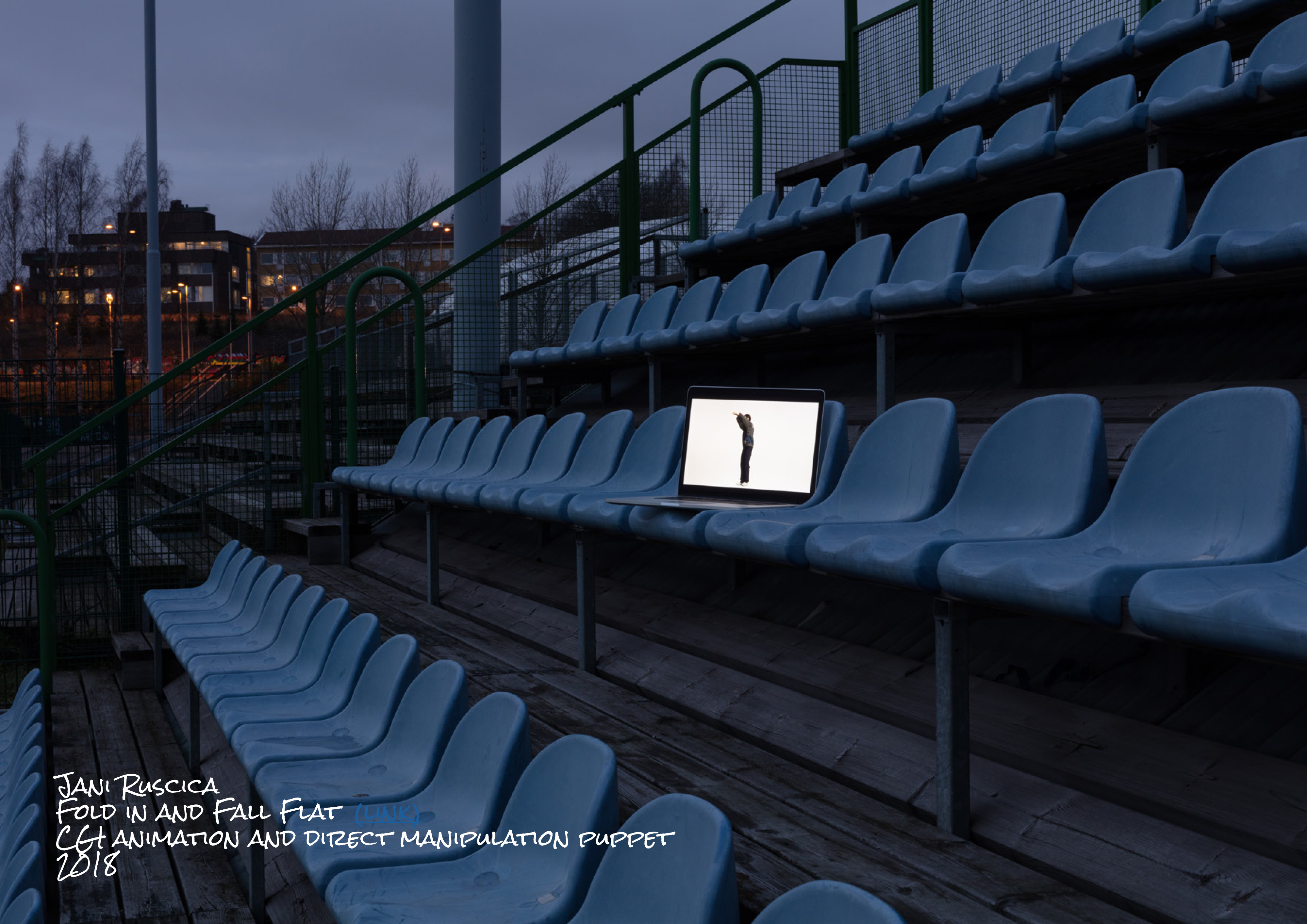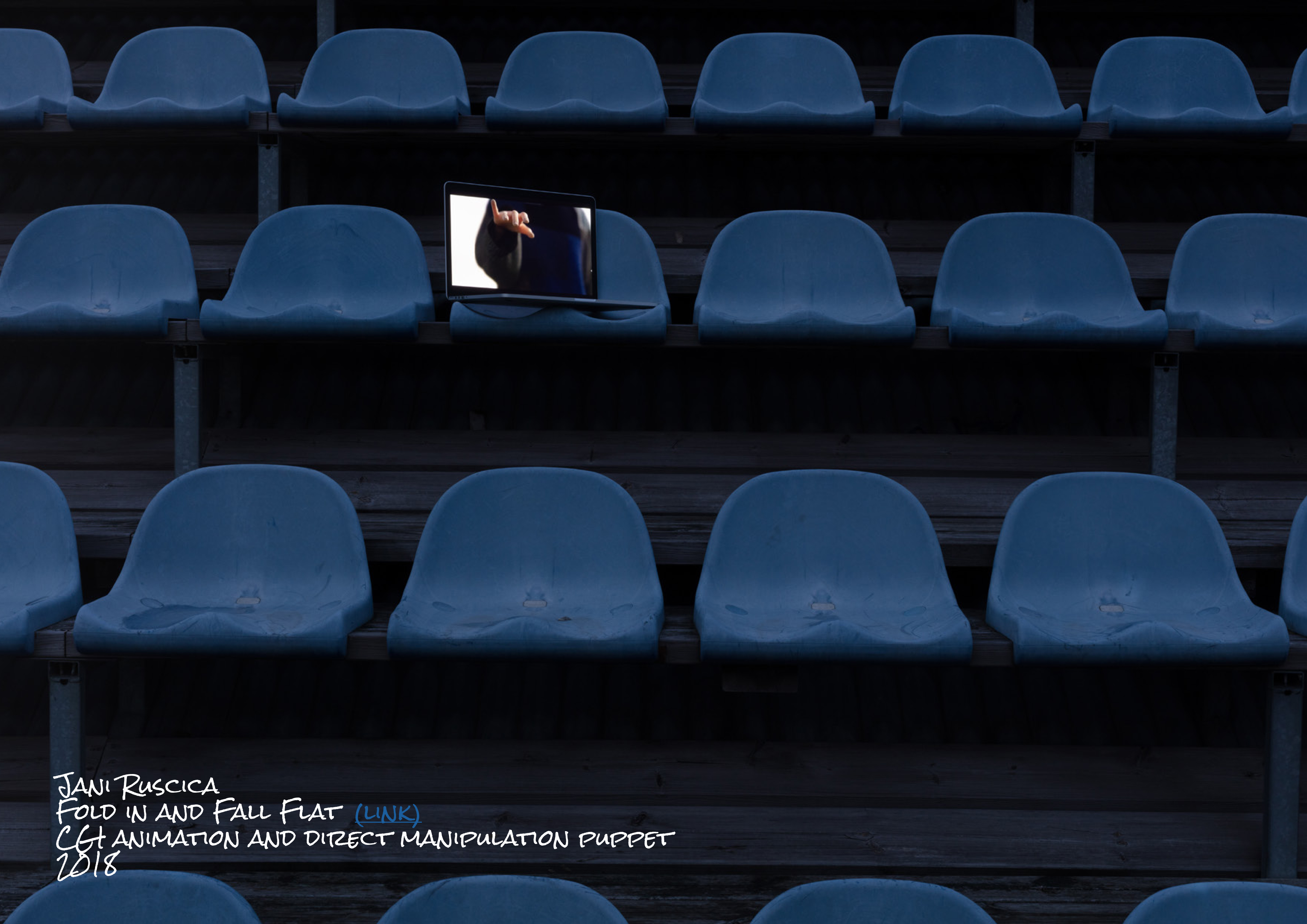THE EXERCISE PARK
Organised by Sakari Tervo
part of The Lottery Project by Jacquelyn Davis
Aino Autere
Otto Byström
Susan Kooi
Essi Kuokkanen
Inga Meldere
Kim Modig
Jani Ruscica
Hermanni Saarinen
Elina Vainio
Juha Vehmaanperä &
Viktor Koolla
Text and photographs by Sakari Tervo
2019
The Lottery Project is an interdisciplinary online archive founded by Jacquelyn Davis. Inspired by Shirley Jackson’s short story in which the project was eponymously named after, the experimental platform attempts to question, mend or reform the current art world via incorporating ranging formats, approaches and styles; it will expand to include emergent modes of articulation and transmission. Approximately a dozen creatives from Scandinavia, the Baltics, Russia and the US were invited to contribute to its launch.
Exercised Subordination:
Desire and Art(world)
Text by Sakari Tervo
Desire was something that I thought about when I read Shirley Jackson’s “The Lottery” (1948). Jackson’s text reminds me of Ursula Le Guin’s short story “The Ones Who Walk Away From Omelas” (1973) in that both share the theme of scapegoating and exposing its signification to social structures. In Le Guin’s text, the narrator depicts a summer festival in the utopian city of Omelas, whose art and prosperity depend upon the misery of a single child kept inside a broom room in perpetual filth and darkness. The citizens of Omelas are aware of the child and most, initially shocked, ultimately accept this injustice to secure the happiness of the rest of the city. Desire, in both stories, functions as motivation for the community to accept injustice for their own benefit (e.g., wealth and joy). Desire should not be seen as something airy or fuzzy, but as something that manifests ideology and morality in human social interactions. Desire keeps communities together as it defines what needs to be excluded, for the sake of their desire (e.g., a plentiful harvest, wealth and joy). That is to say, desire enables the crime.
There are other similarities in these two texts by Jackson and Le Guin; both are set in an archetypal utopian setting, a stand-alone or remote village (city), and both focus on summer festivities (in Jackson’s case, the word ‘festivity’ includes the ritual of murder). However, Le Guin’s text feels more optimistic and a more fitting allegory for the art world with its act of exclusion (isolation of the child) when compared to quick expulsion (stoning to death).
What I find intriguing in Le Guin’s story is the two-way act of exclusion and inclusion—keeping something out but at the same time within (anthropologist Elizabeth A. Povinelli wrote about Le Guin’s story in her book Economies of Abandonment (2011), where she exposes this logic in relation to Aboriginal Australians and late liberalism). The child in the broom room is kept alive, and its existence is necessary for the community. The child is not something outside of it but strongly positioned at its center—that is to say, the disgusted yet desired member of the community. Everything revolves around the child, as the community needs the child’s existence for the sake of their wealth and prosperity (compared to Jackson’s story, where the annually selected sacrificial victim serves a more transitory role between farming cycles).
I find this two-way act of exclusion and inclusion to be fitting logic for the art world. To me, the art world appears as an immense flow of artists, curators, critics, ad infinitum who both desire and compete for similar or exact components (e.g., visibility, resources, authority). This rivalry of desires can be understood as a ‘game’ which revolves around who is able to be visible (included) and who is forced to disappear (excluded) from the art world’s transitory stages (visibility understood as self-explanatory, but also what it constitutes together with resources and authority). Inevitably, one needs to perform in this ‘game,’ albeit the rules, interactions and causalities can, at times, be hard to comprehend (at least this is how I feel). In this ‘game,’ exclusion functions as a way for the dominant instances to uphold a fixed language, content and structures of production and representation concerning art (needless to say, the dominant also uphold a set of limits based on class, gender and ethnicity within cultural, geographic and political contexts). At the same time, exclusion also reinforces and intensifies shared beliefs in the valuation of the dominant ideal of art (world), since the instances that have gained authority over the desirable (visibility, resources, authority) have made it even more scarce. In this logic, the two-way act of exclusion and inclusion occurs as there is still the need for the excluded to desire that which is denied from them. In a way, their (useless) desire is still something that validates dominance for others, as they continue to participate in maintaining the dominant ideal of art (world).
Desire is addressed in the cultural critic Rey Chow’s text “Sacrifice, Mimesis, and the Theorizing of Victimhood.” Here she speculates on the conceptual relation between mimesis and sacrifice, and how desire is interlinked between these two. Chow defines the relation between mimesis and sacrifice as “… a double epistemic passage underlying all acts of signification, a passage that tends to become acute in context of dominance and subordination, in which loss and gain are existentially palpable phenomena impinging on individual and group identity formation.” She then brings forth the idea of mimesis as a coping mechanism (Luce Irigaray’s concept of femininity as ‘masquerade,’ whereupon women must imitate or reproduce norms of femininity which have been prescribed in advance by patriarchal mores) and as a survival tactic (Homi Bhabha’s notion of black subjectivity and the need to imitate those who victimize: white subjectivity). She then writes about René Girard’s mimetic theory in relation to the above but also how mimesis, in Girard’s theory, acts as an original force in generating desire. For Girard, desire is something which can be learned, borrowed and transferred. Desire, that is to say, is an outcome of human social interaction, and mimesis is something that activates the act of desiring; it is what gives desire its direction and trajectory as well as its objects. This mimetic nature of desire also generates competition that can accelerate into reciprocal violence. To restrain the rivalry, there is a need for what Girard calls the scapegoat mechanism. Therefore, the scapegoat is a structural and social necessity for a community to stop the endless circle of violence through an act of exclusion. Usually, the randomly chosen victim is sacrificed not because of his qualities (e.g., weak, strong), but because he resembles the community and its endless ability to retaliate: because he is just like us.
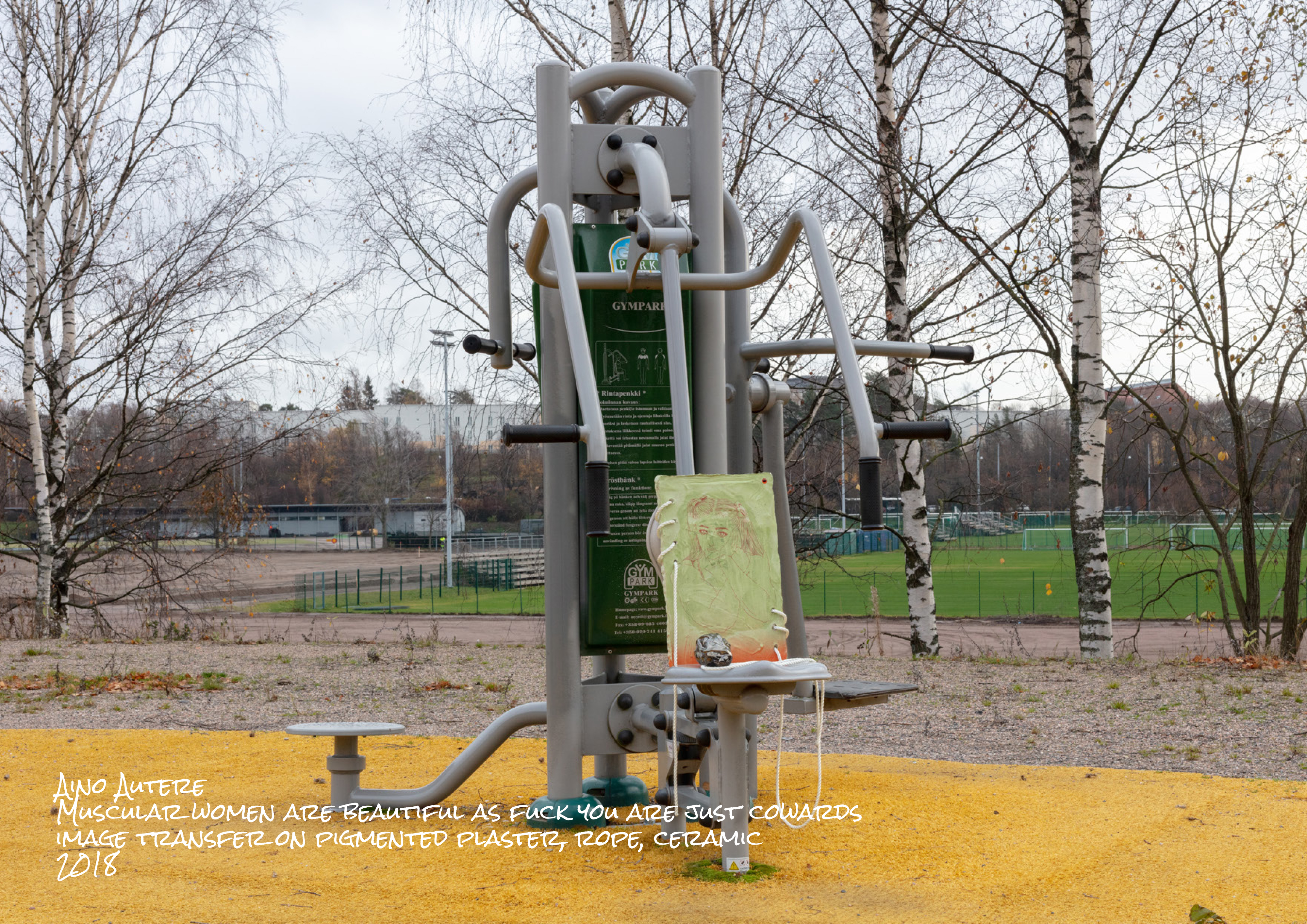
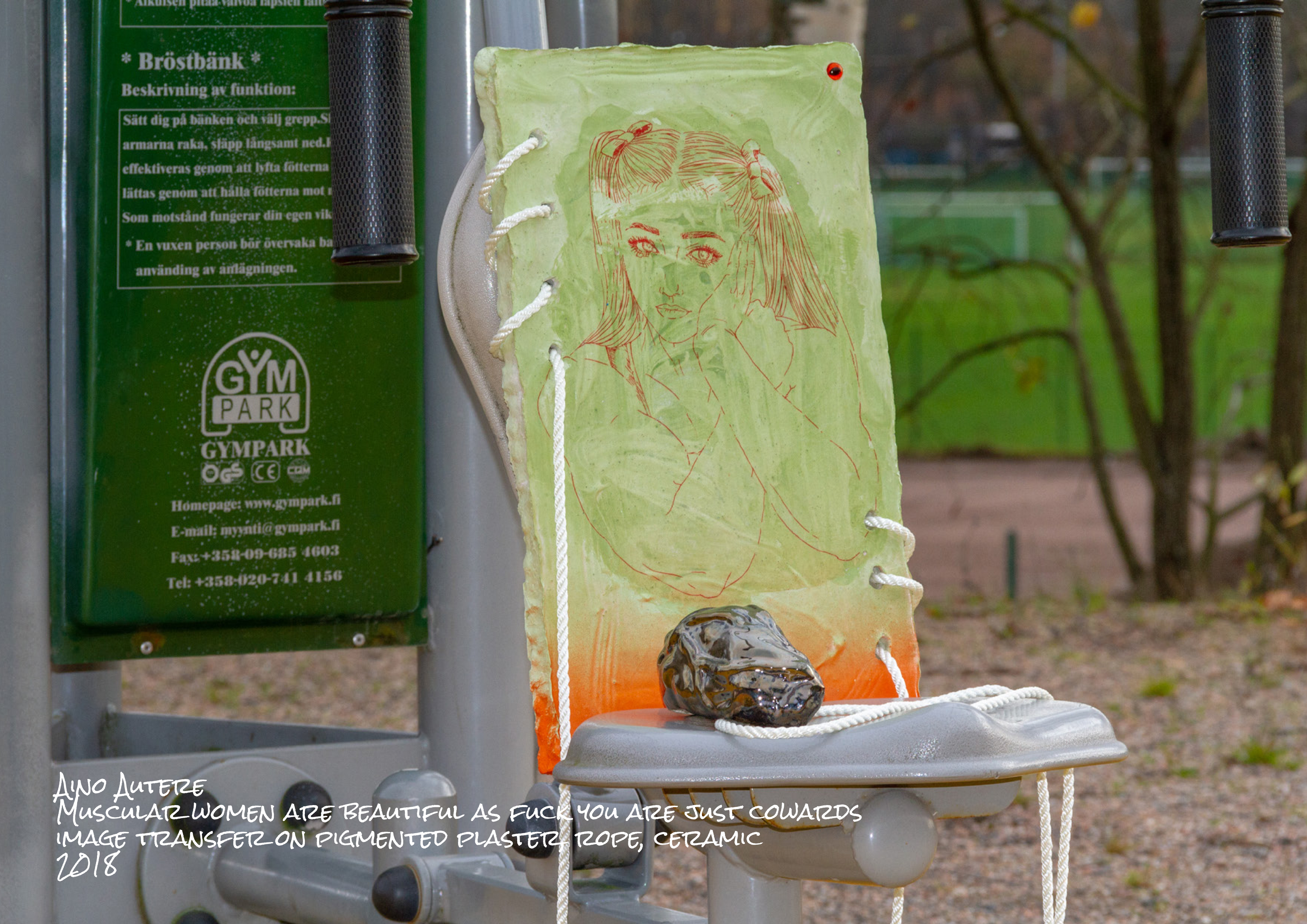
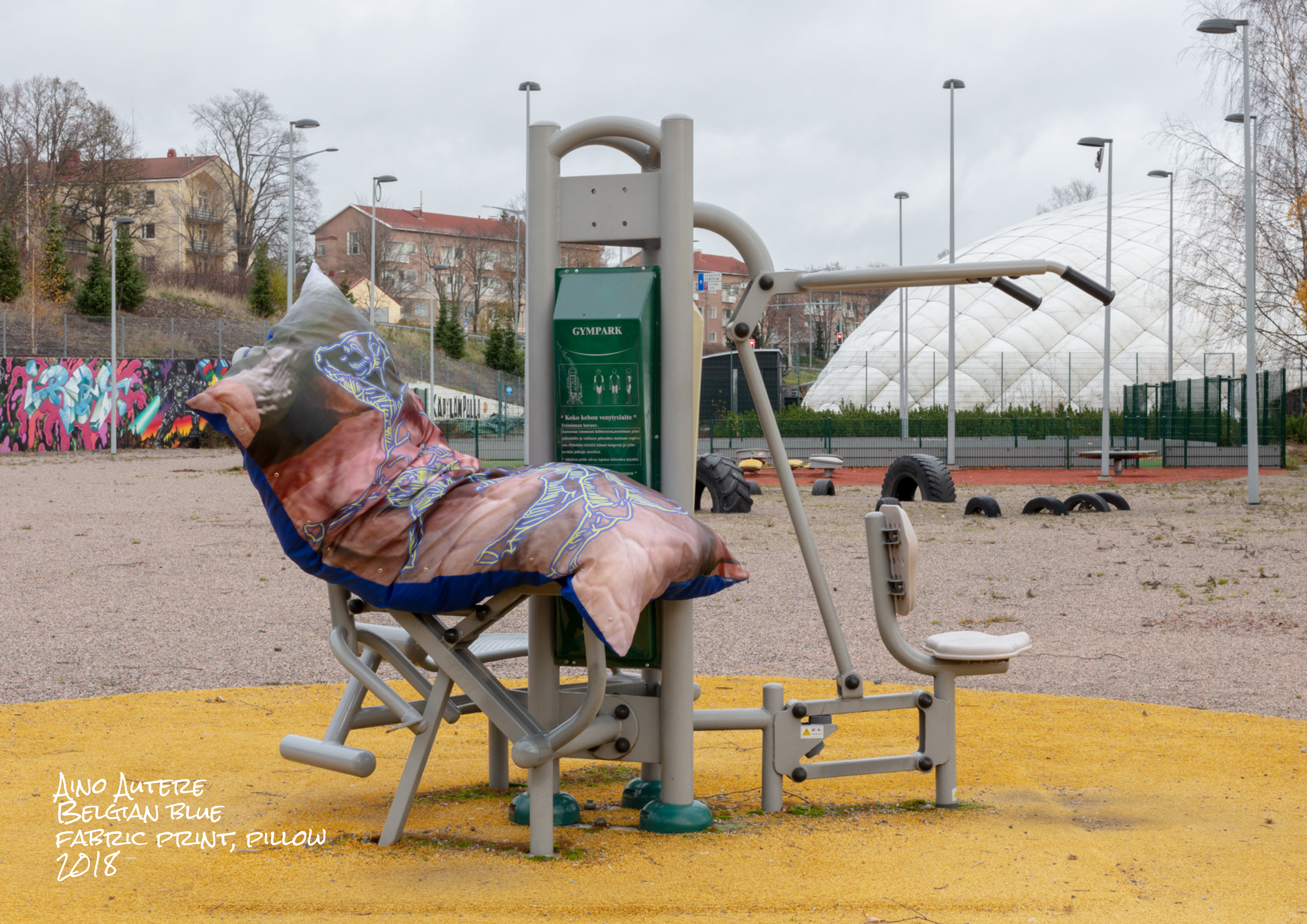
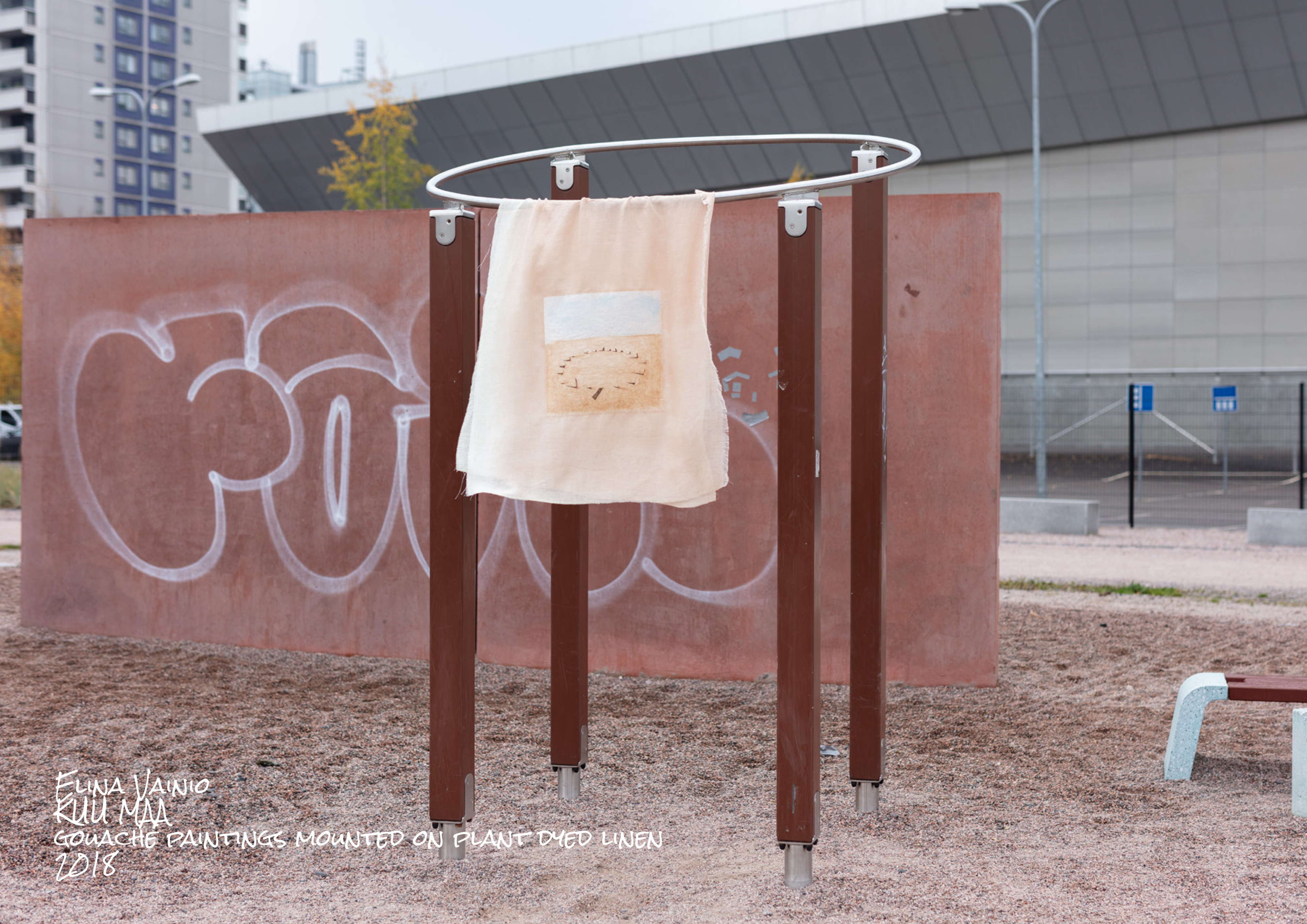
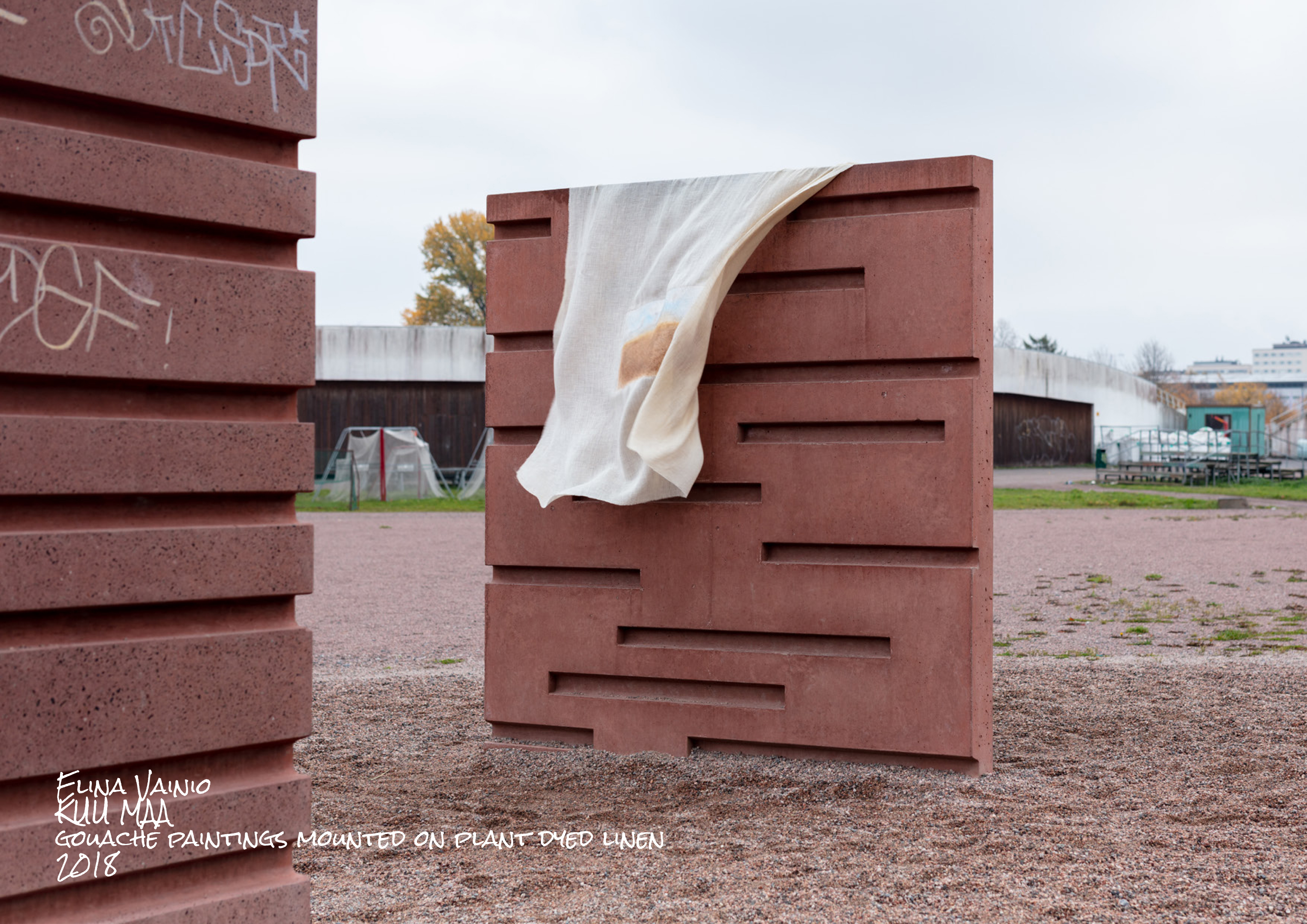
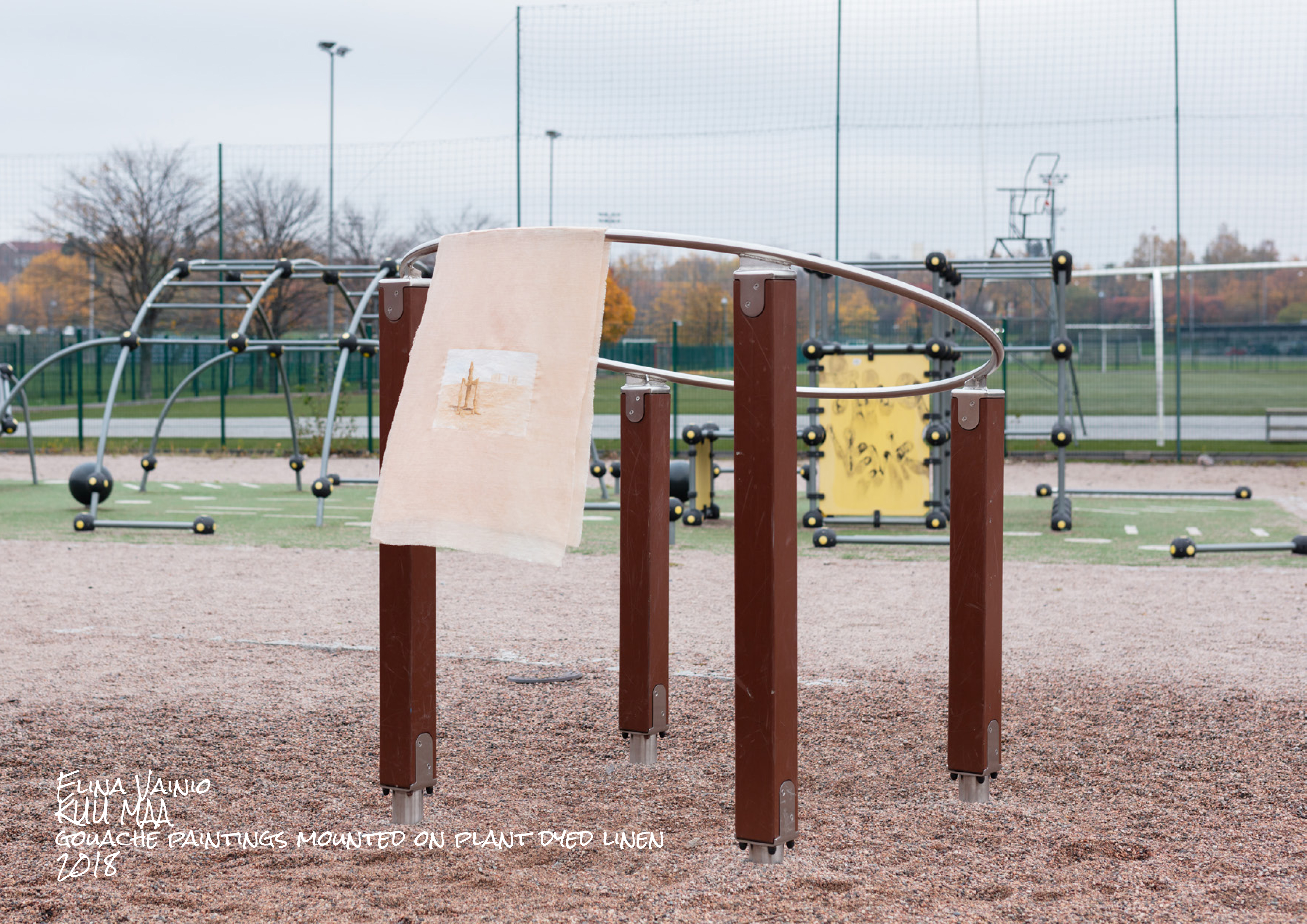
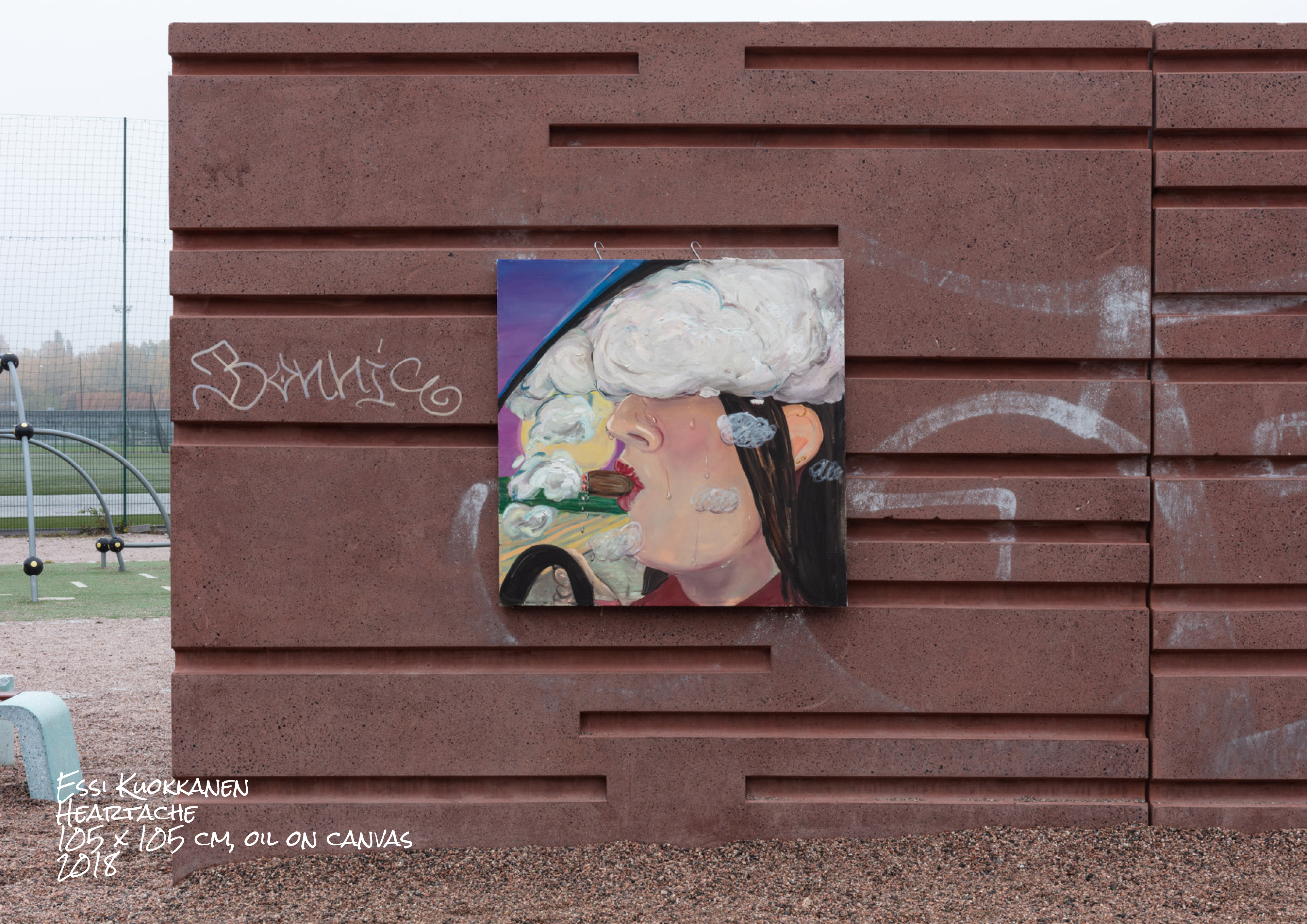
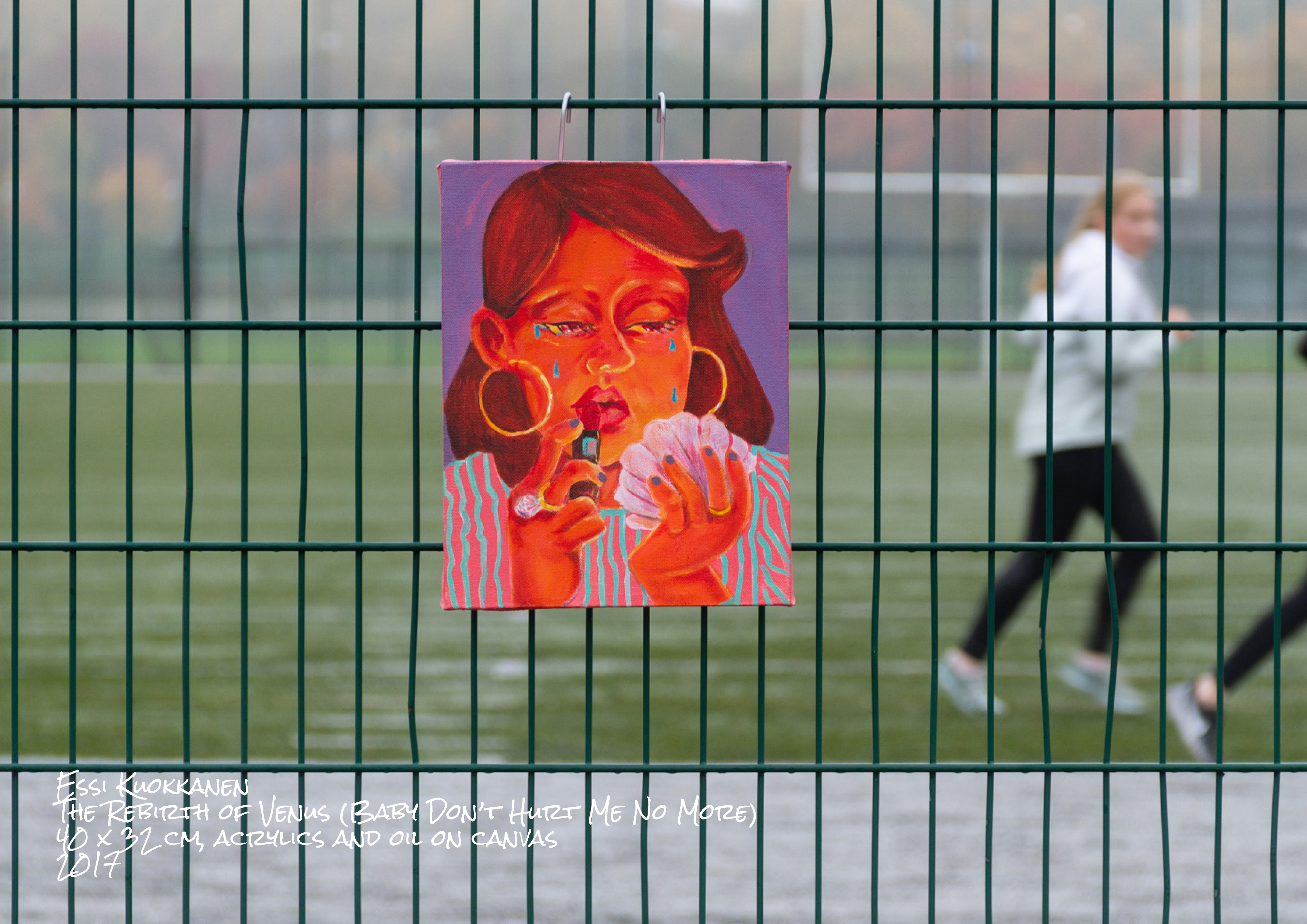
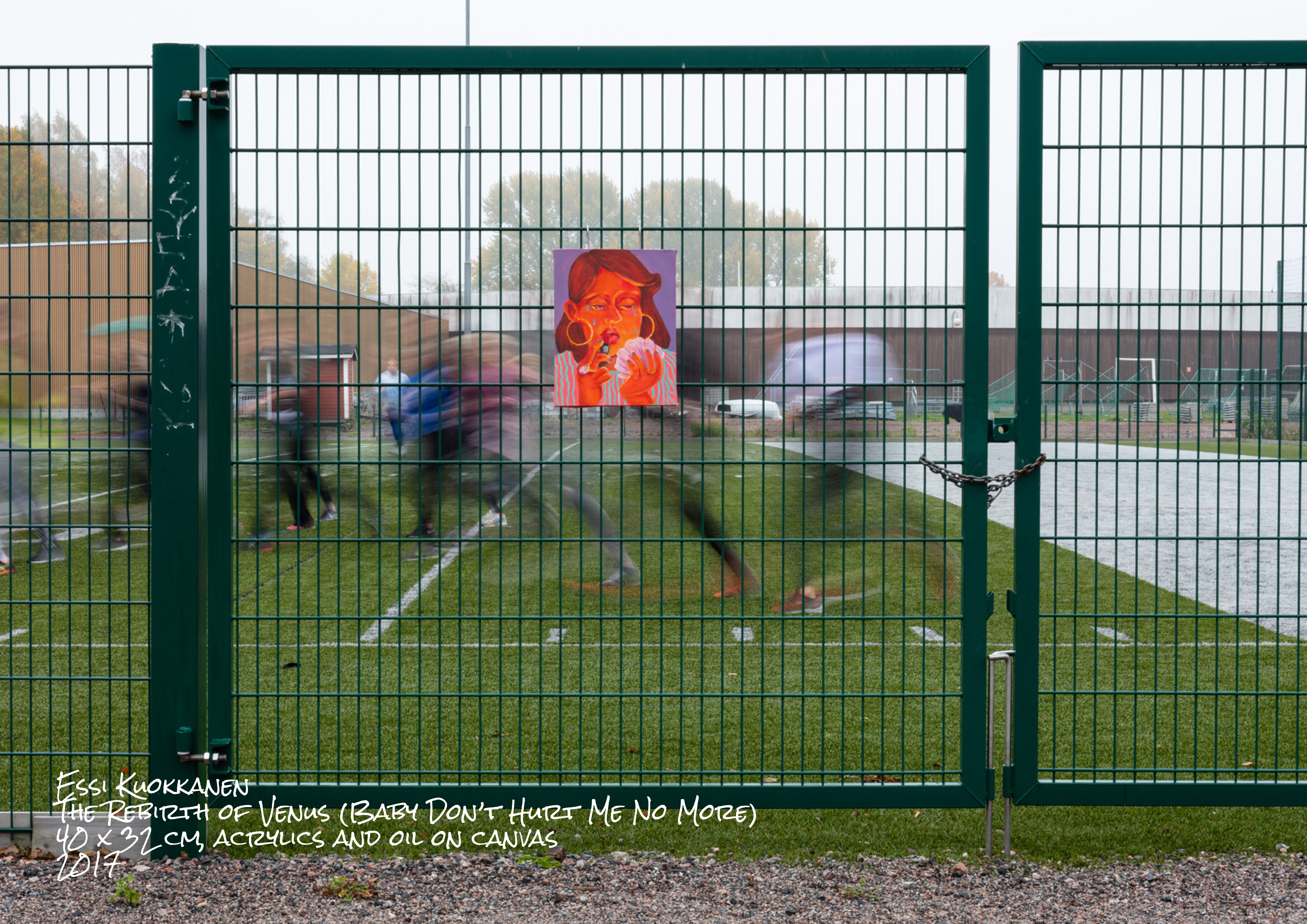
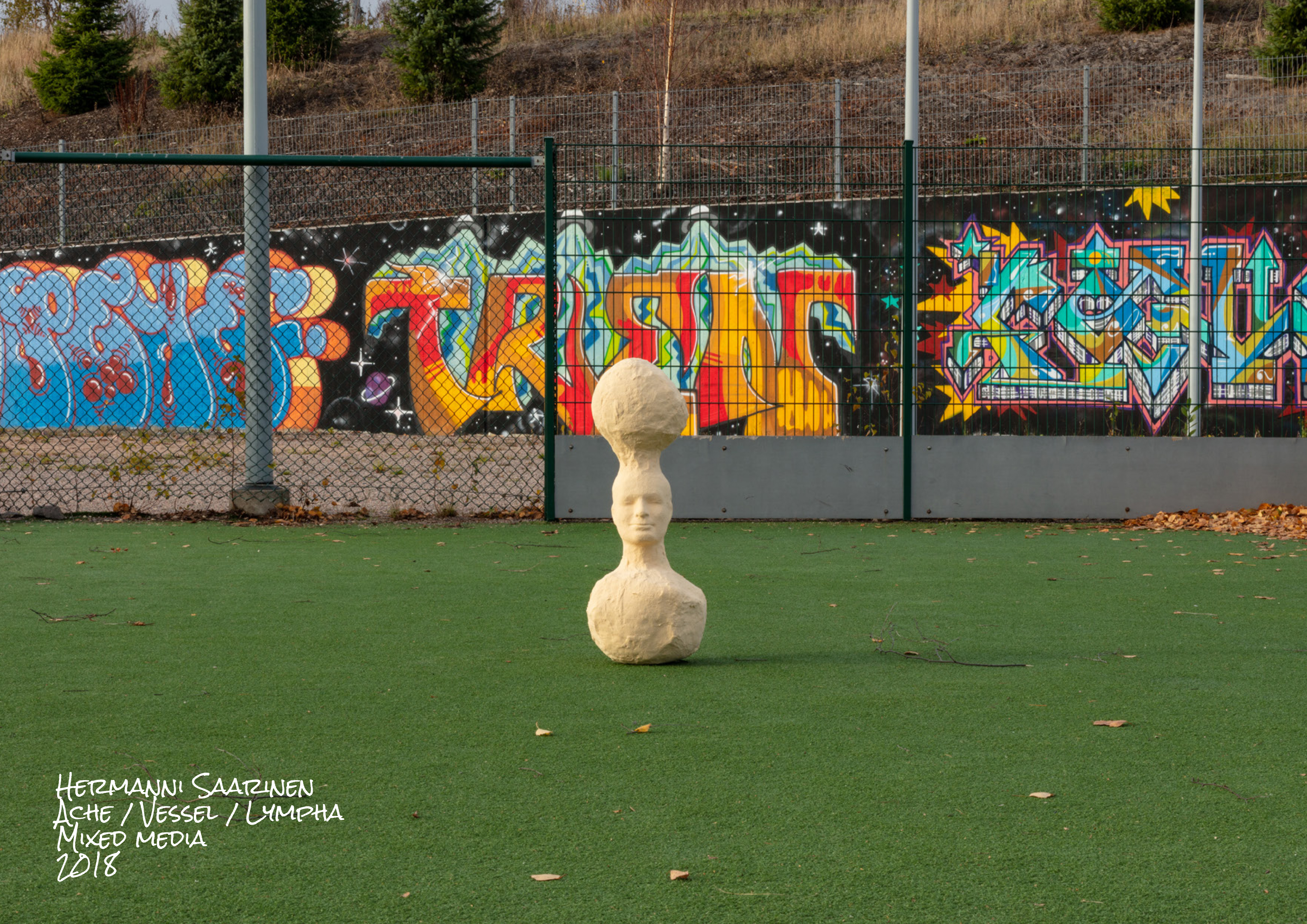
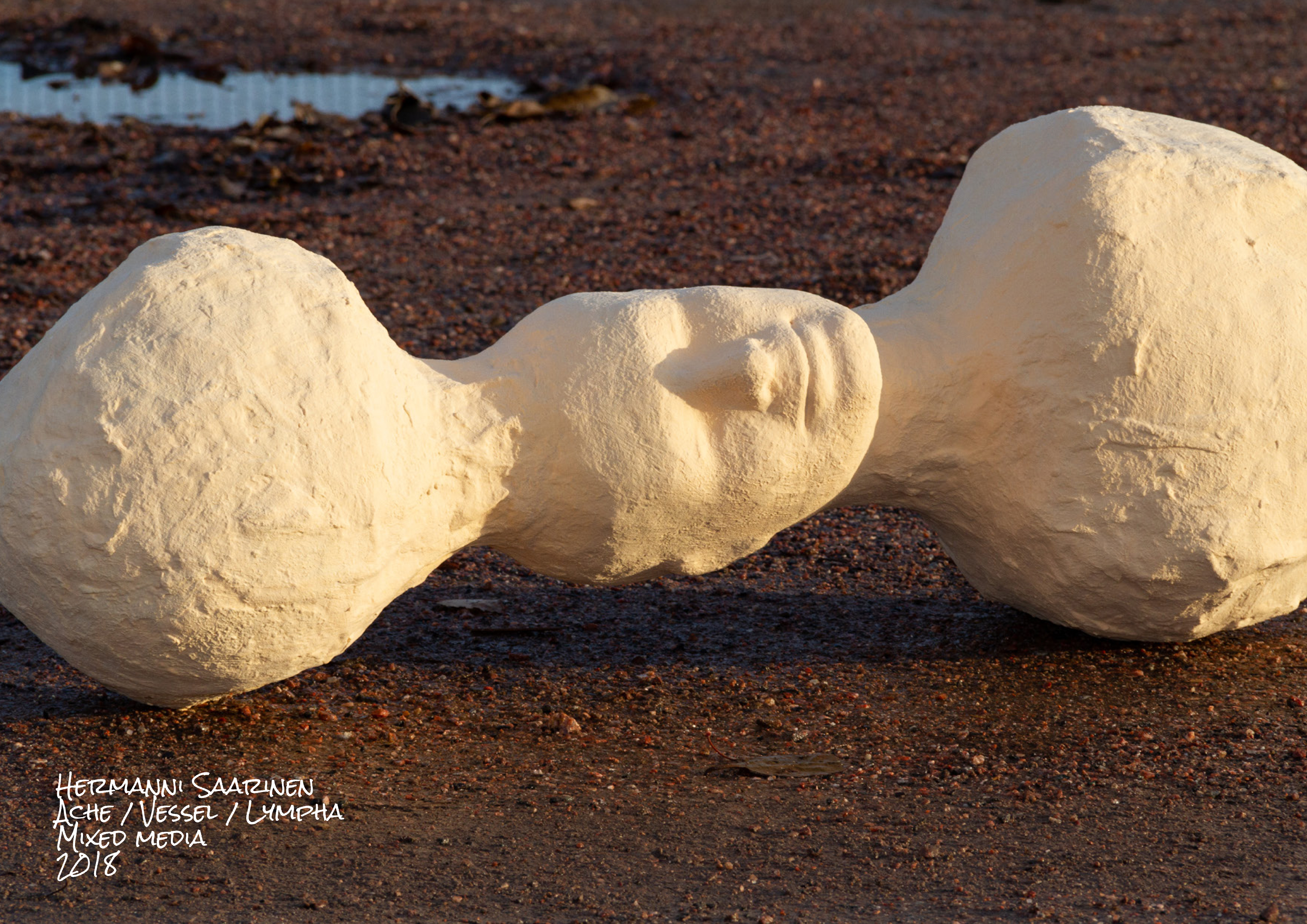
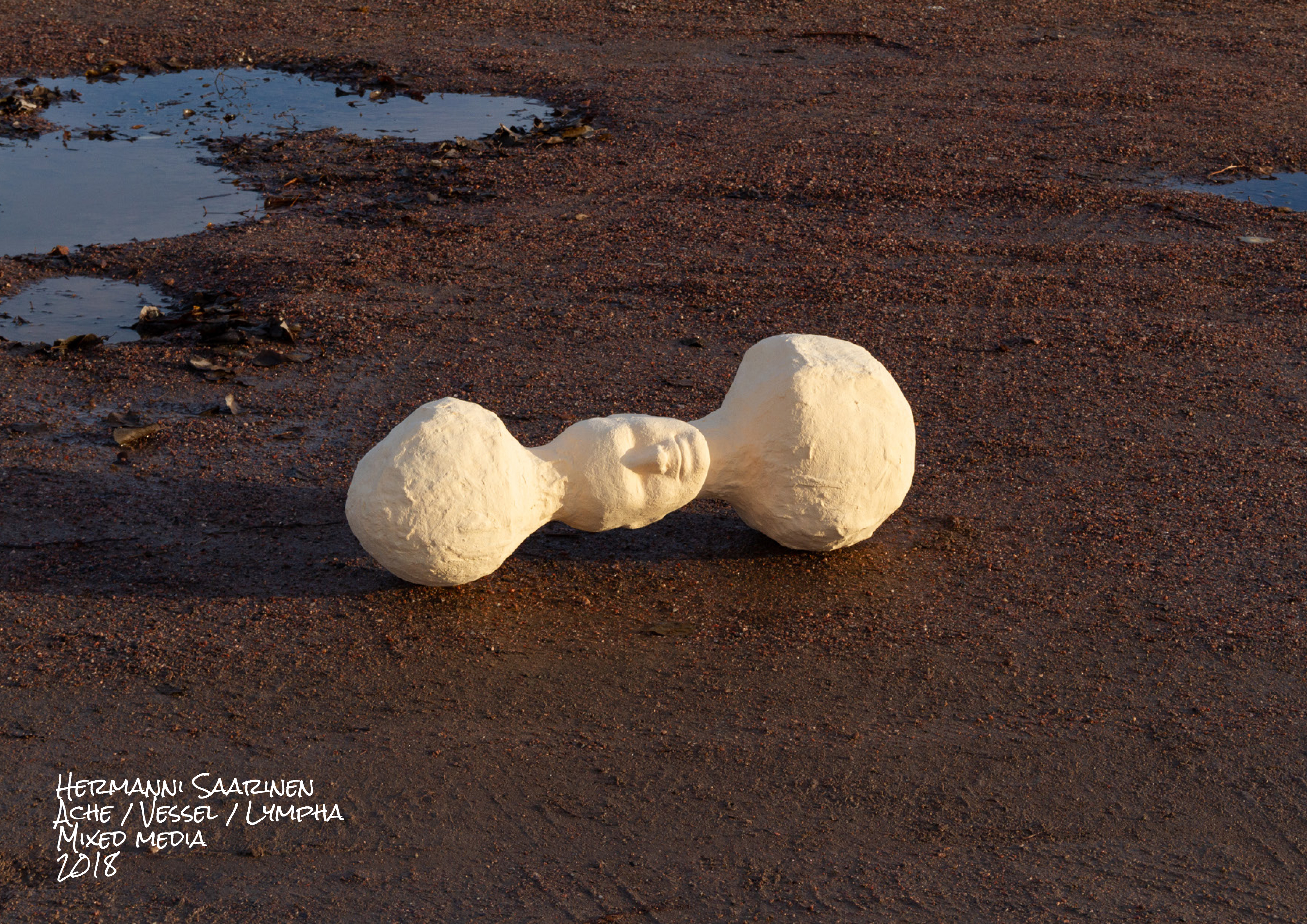
Exclusion and inclusion are the actions which create domination, as it functions as a legitimization passage between desire and the undesirable, reinforcing and intensifying shared belief in the valuation of the dominant ideal of art (world). That is to say: “to make art (world) like us, not like them” (and this implies everything that constitutes ‘us’ … from class, gender, ethnicity onward). But as I pointed out earlier, there is still the two-way need for the excluded to desire what is denied from them. To believe that the dominant ideal of art (world) is a thing towards they need to strive on, even it might actually be the thing that subordinates them. This kind of dynamic is addressed in Lauren Berlant’s book Cruel Optimism (2011); she writes about ‘cruel optimism’ where something that you desire is actually an obstacle to your flourishing. In her book, she addresses the fantasies of the good life that the welfare state model promised but what late liberal-capitalist societies can no longer provide for: that your life and work “add up to something.” In this way, desire can also be a mental state where the unfulfilled but ever-looming promise can imprison the desirer into an endless (useless) longing for fulfillment—rather than questioning desire itself.
So, the question is how to break away from an oppressive relationship with one’s desires—if abuse is simultaneously denied but sustained (and by desire, I refer to it as something that manifests ideology and morality, as well as that which intensifies a belief in the valuation of a certain language, content, structures of production and representation concerning art [world]). How does one begin questioning one’s desires, so as to ‘unlearn’ or ‘relearn’ them? And what are the individual’s possibilities (and responsibilities), since desire only takes shape in relation to others (as there is no desire without the other)?

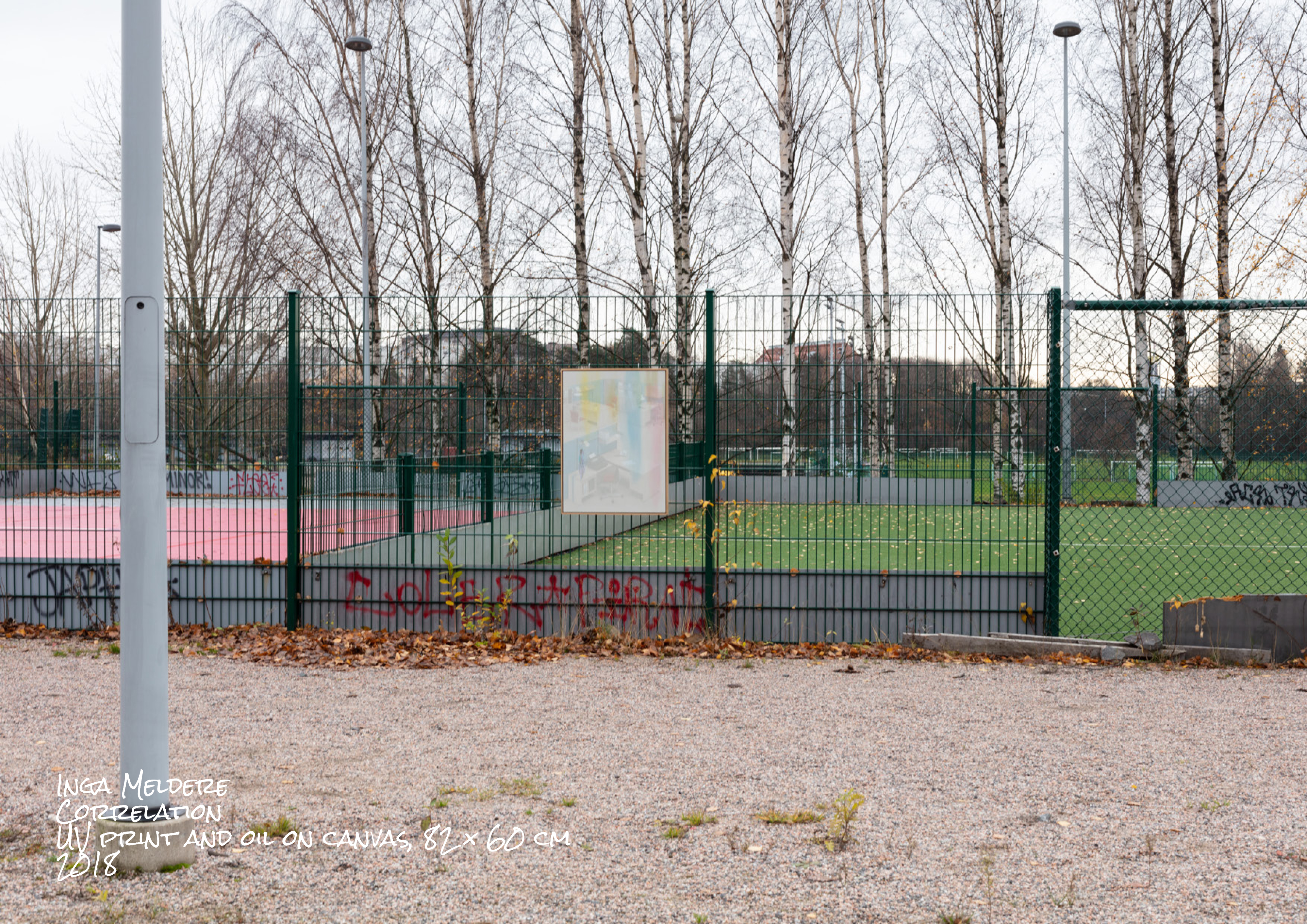
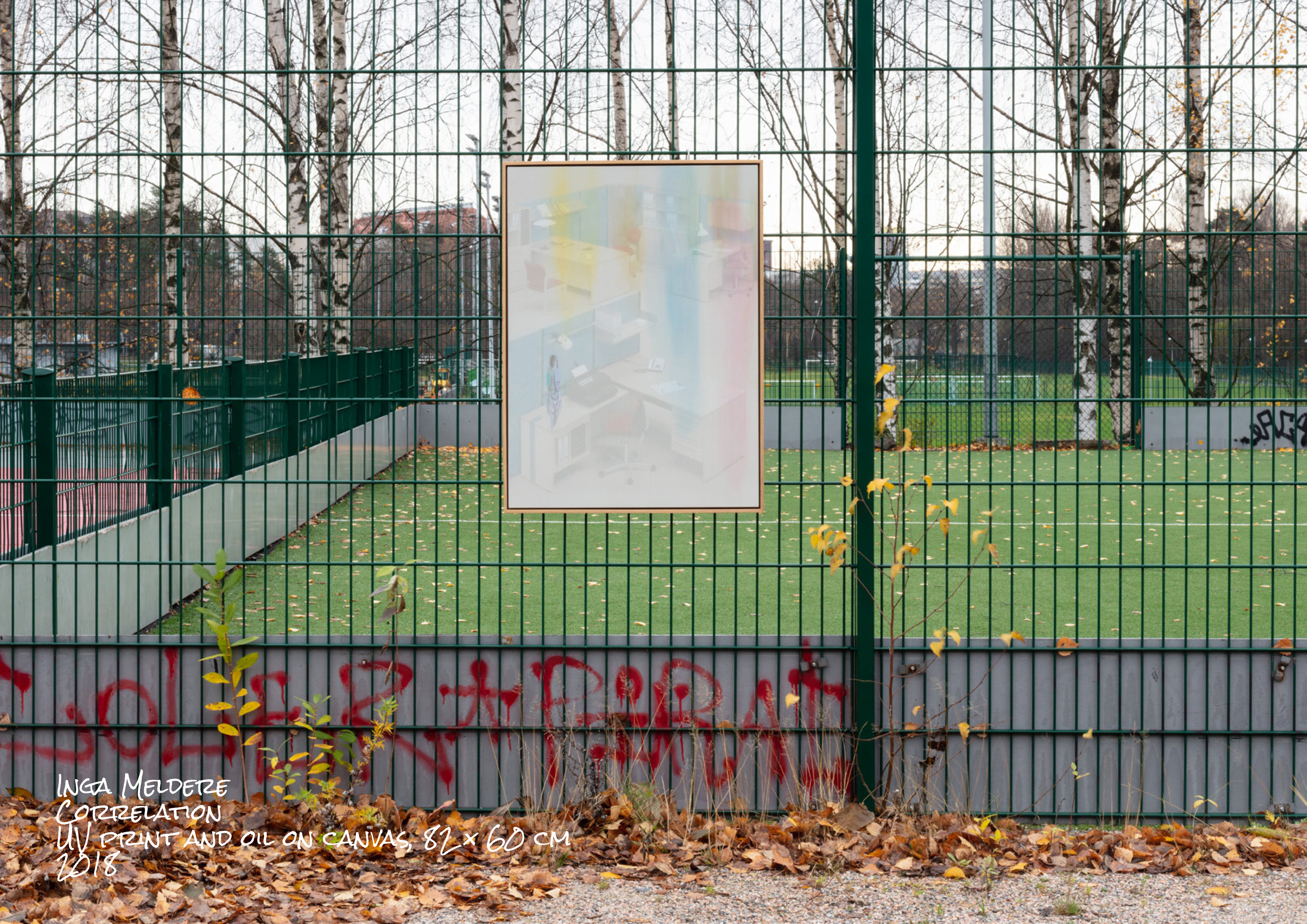
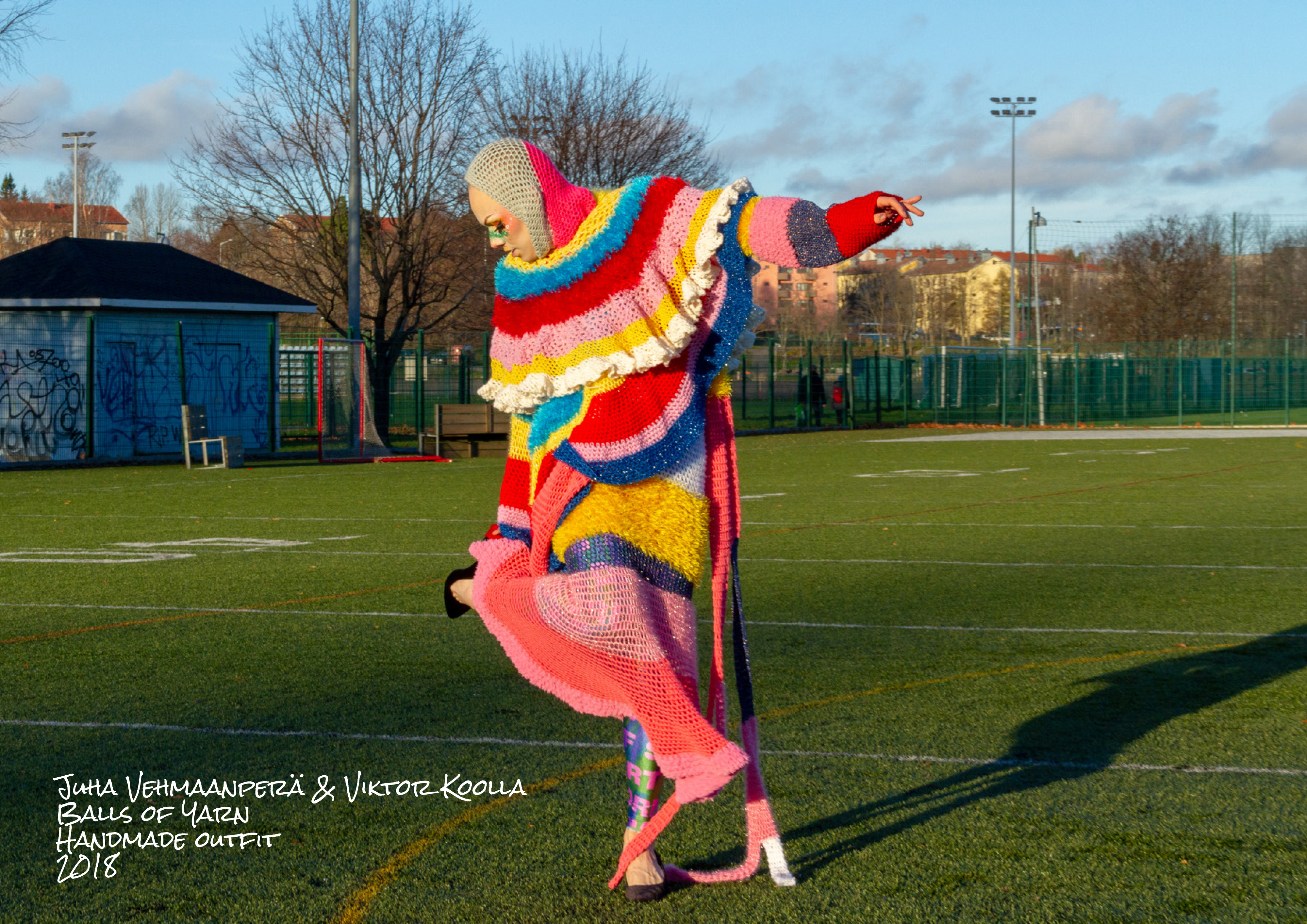
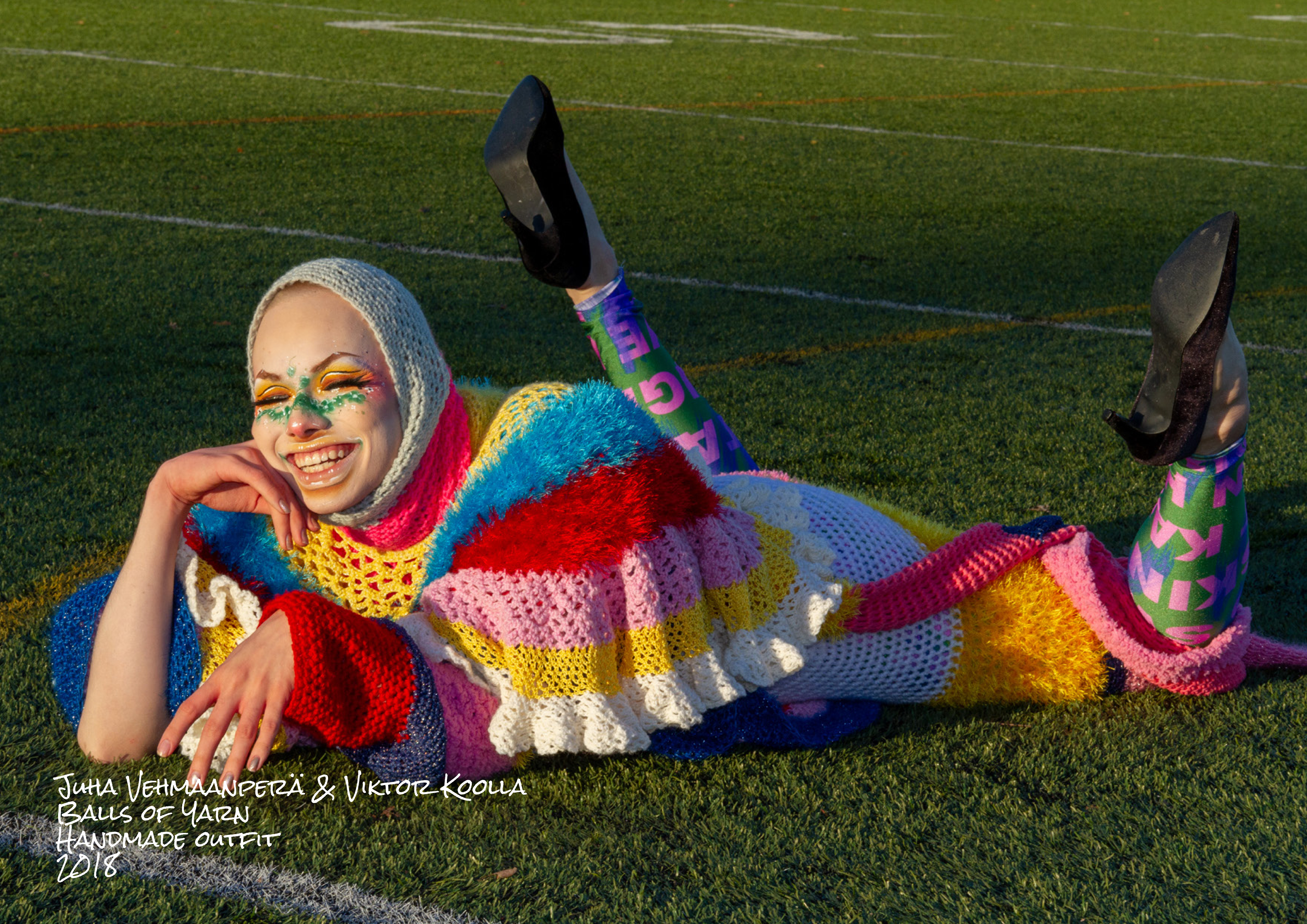
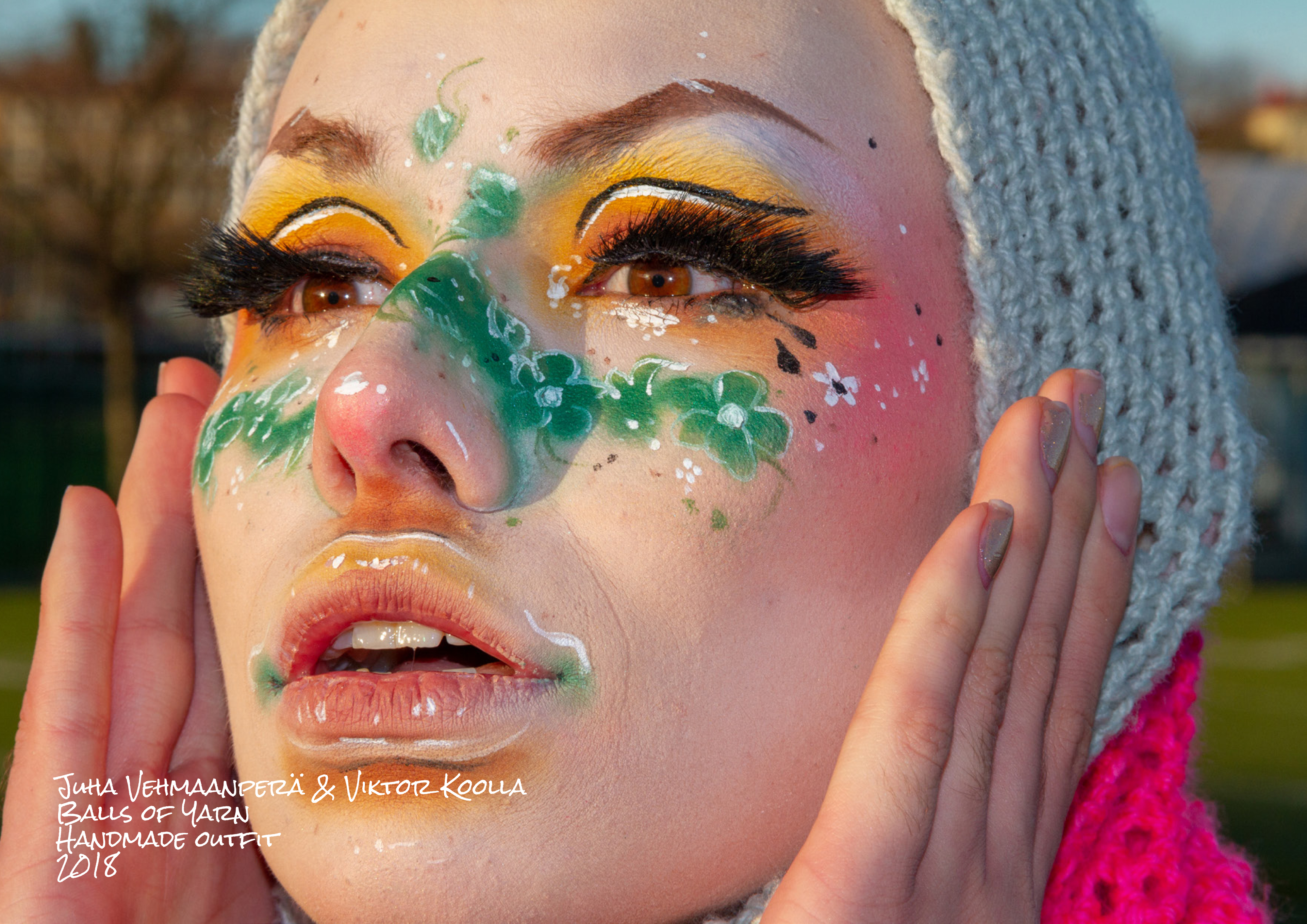
As I write this text from inside this complexity (rather than outside of it), I cannot give solutions to these questions that I have addressed. It feels easier to write metaphorically through Le Guin’s text, rather than to pinpoint this to a set of clear thoughts. But what I am thinking, or trying to find out, is a way to make the excluded (the child in the broom room) stronger and more competent than at first it seems. To realize that it is the ideals of the dominants (citizens of Omelas) who create the assumption that the broom room is a shit hole—but that this understanding may be false. That it is just a way to downplay alternatives, to create illusions (or warnings) that there are right and wrong ways to exist. And by taking over the authority to exclude and include, the citizens of Omelas are just reinforcing their own ideals of life (or desires)—not necessarily others. One’s reaction to this two-way
You said our love was sacred
But you left me alone to make it
You want to come back again someday
Ladidadida
Ladidadida
Ladidadida
Ladidadida
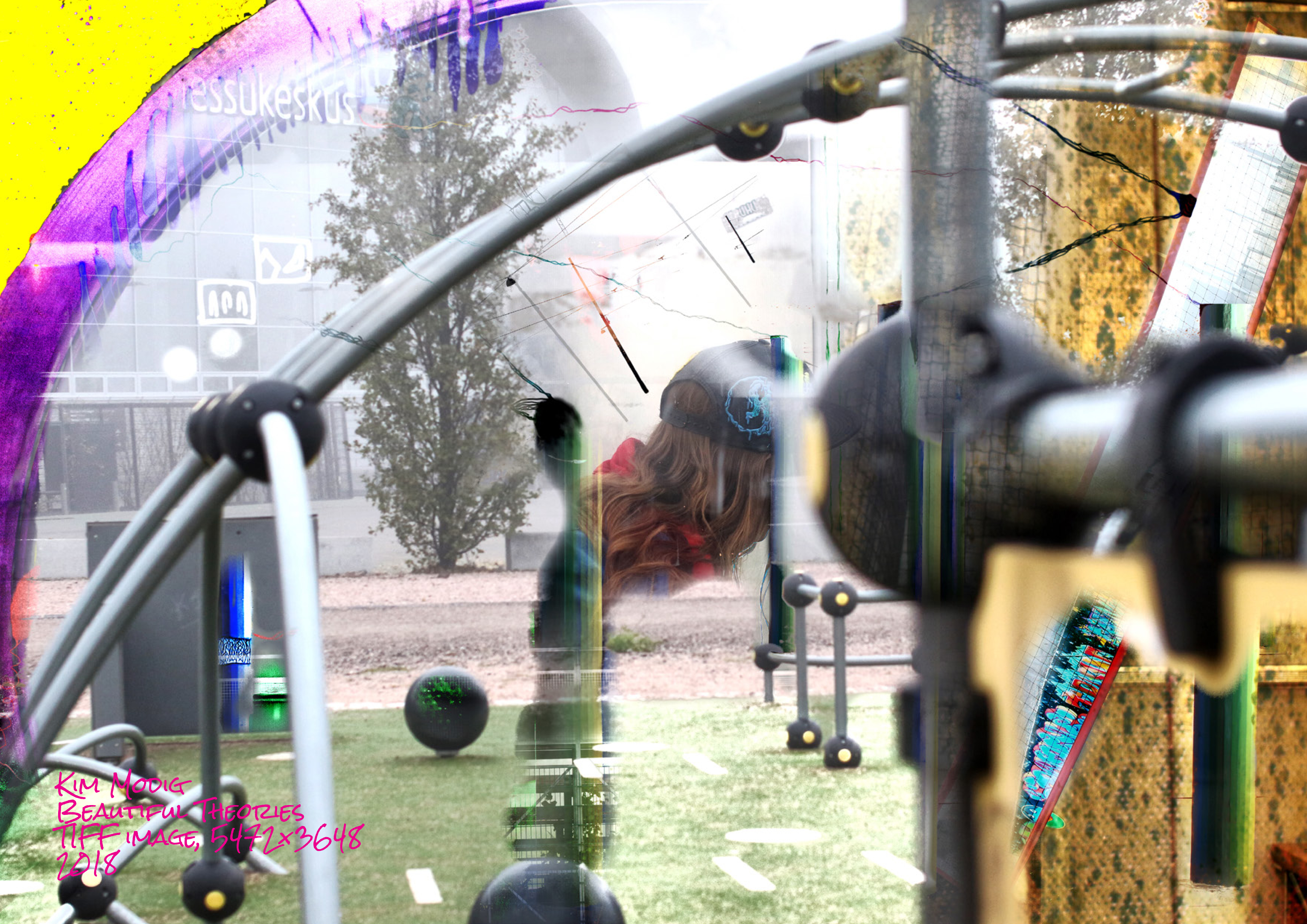
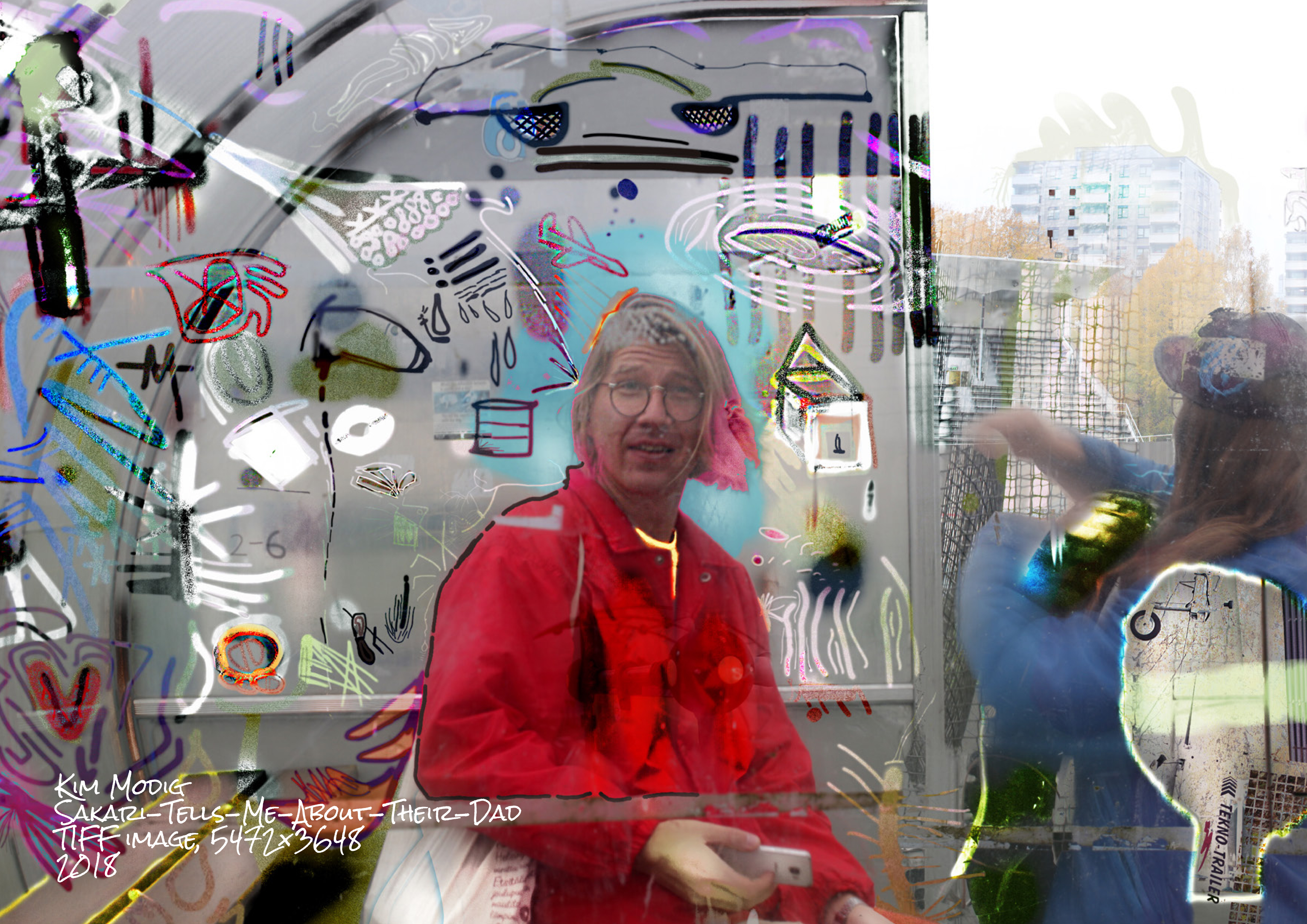
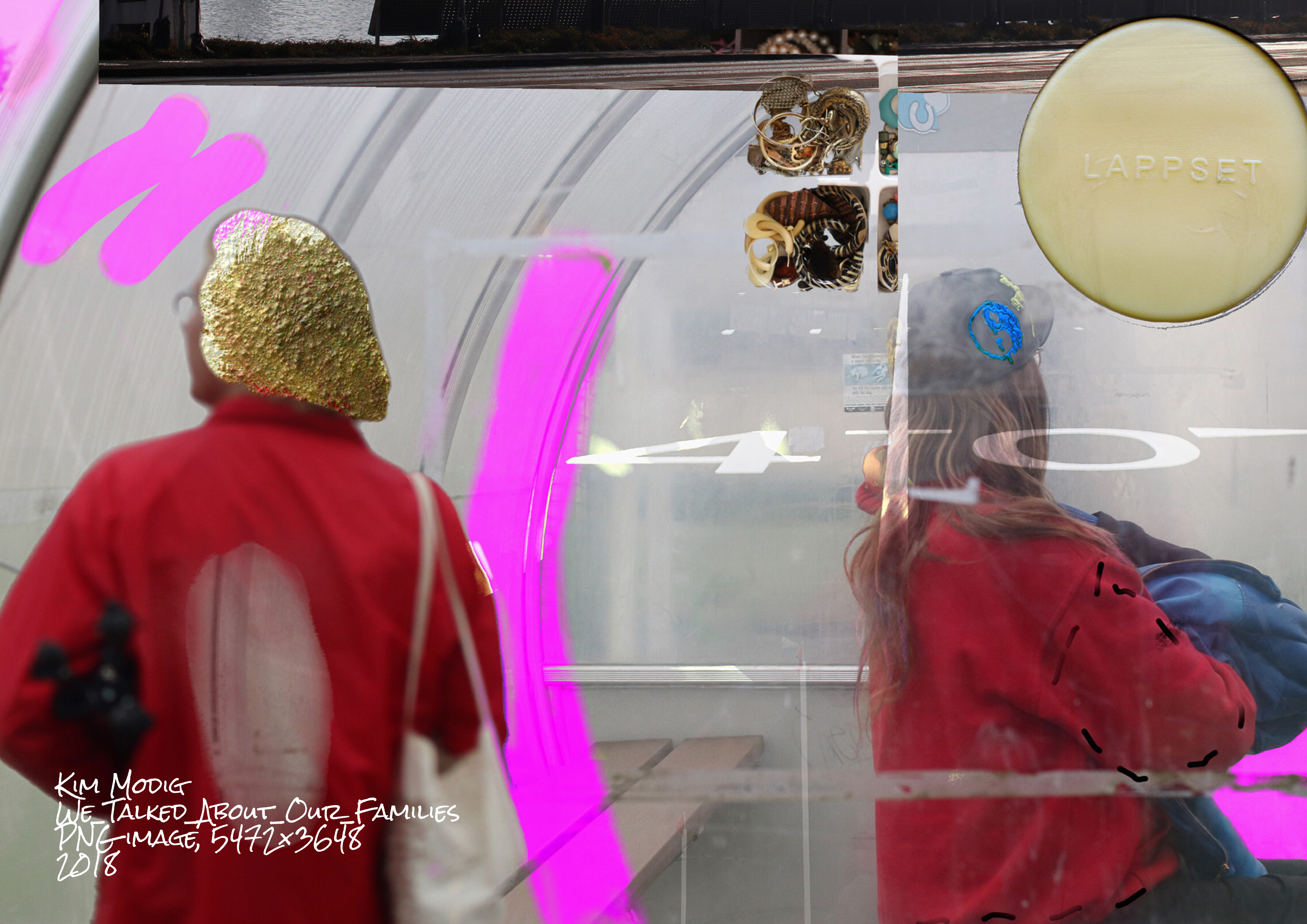
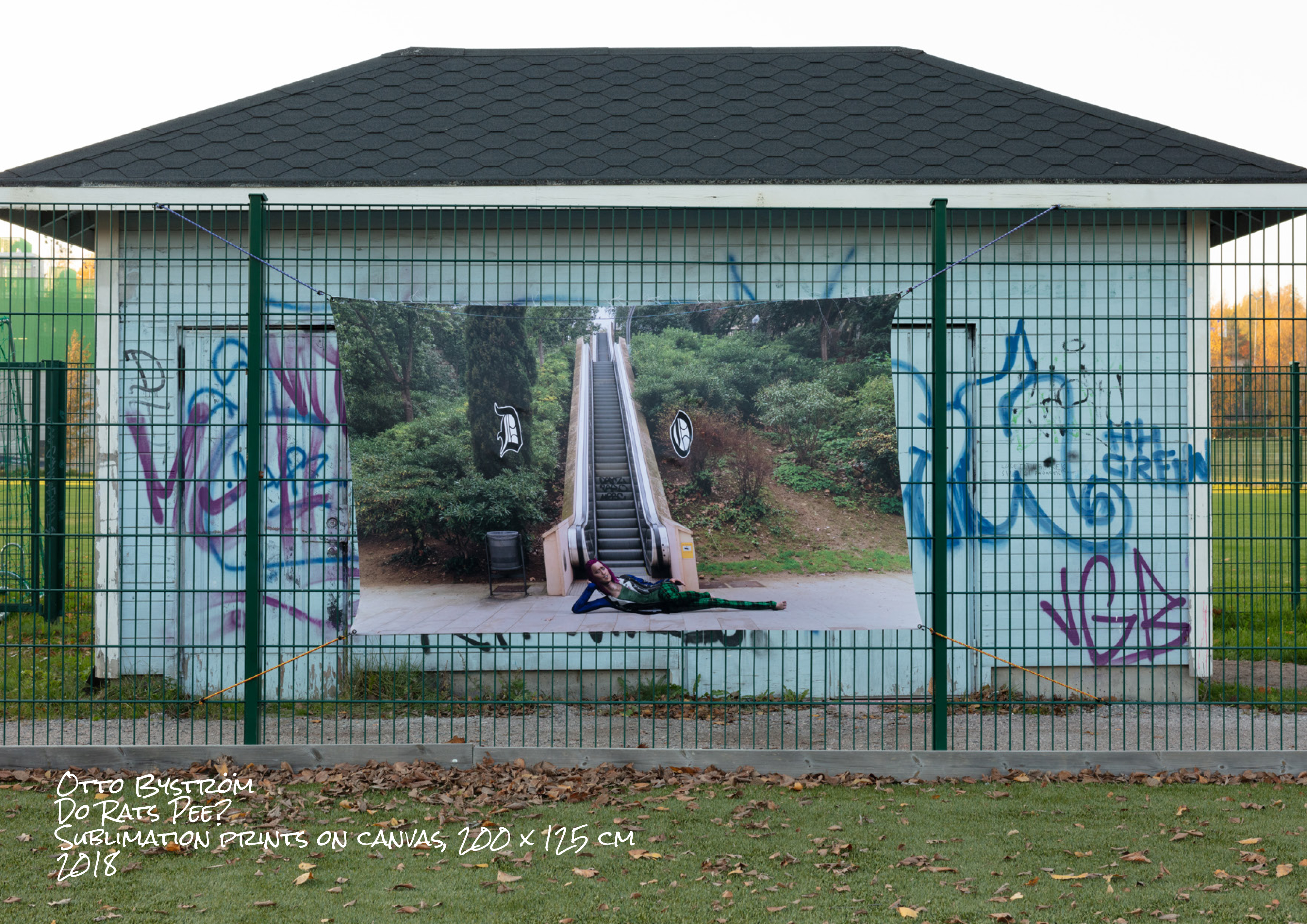
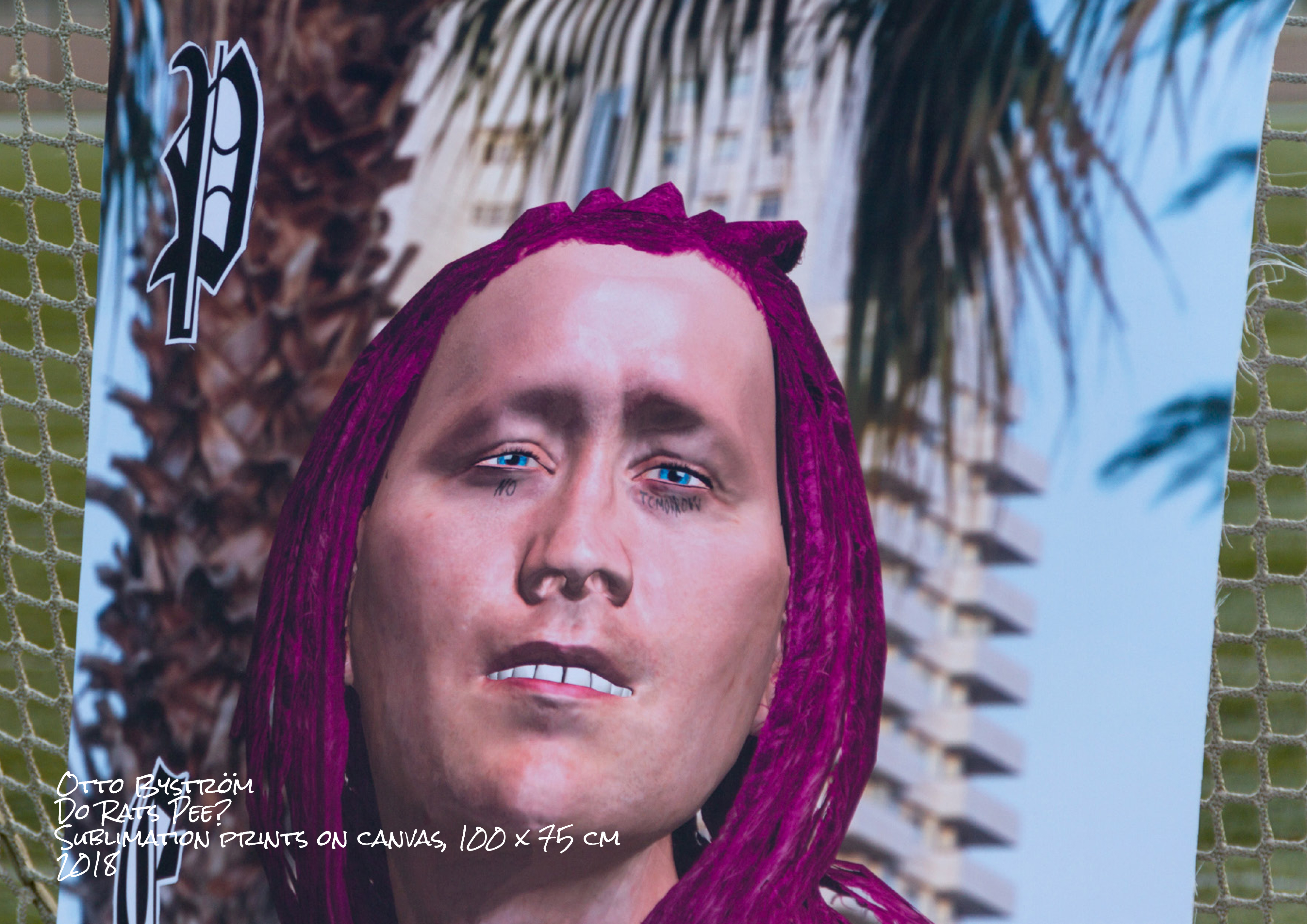
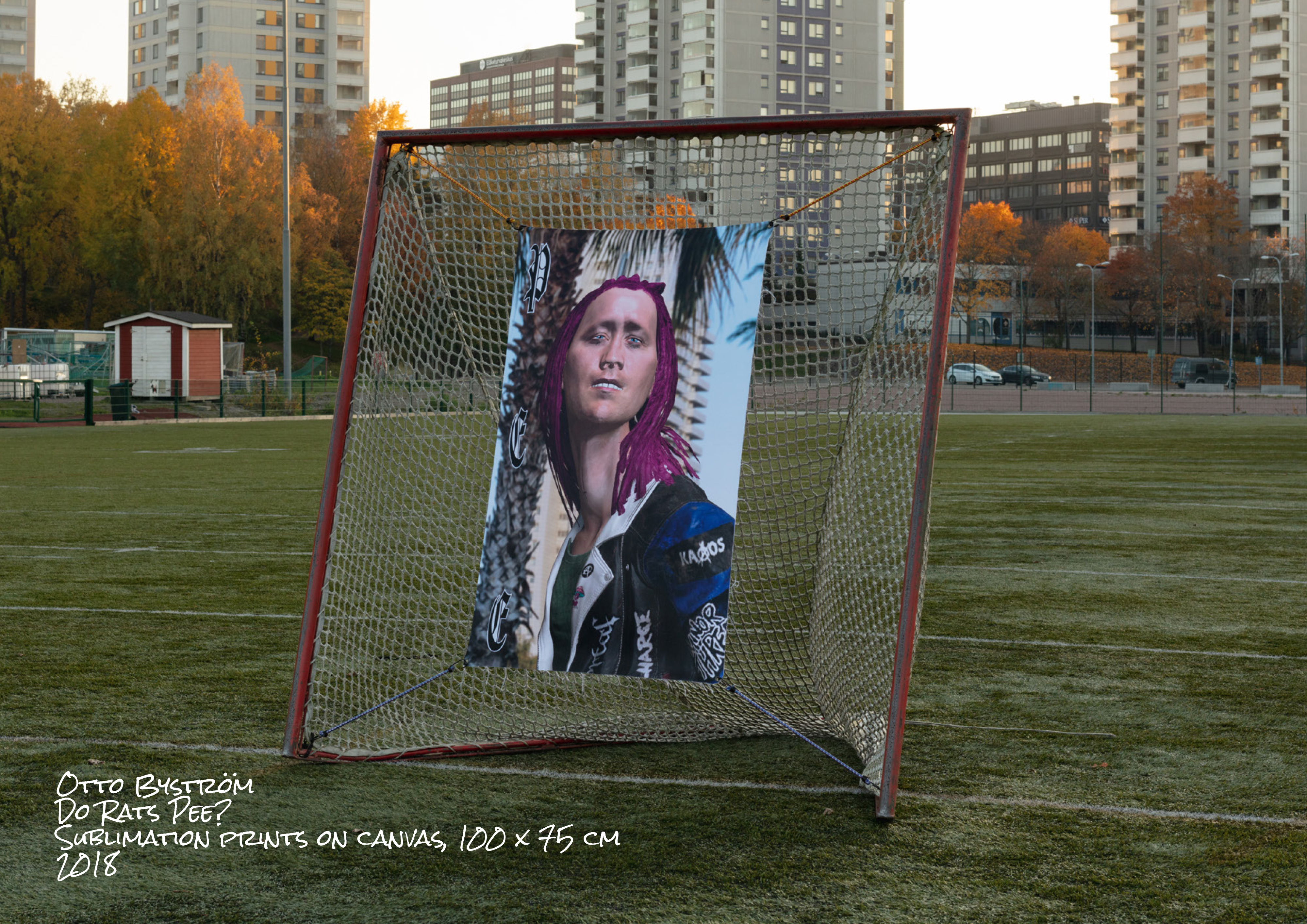
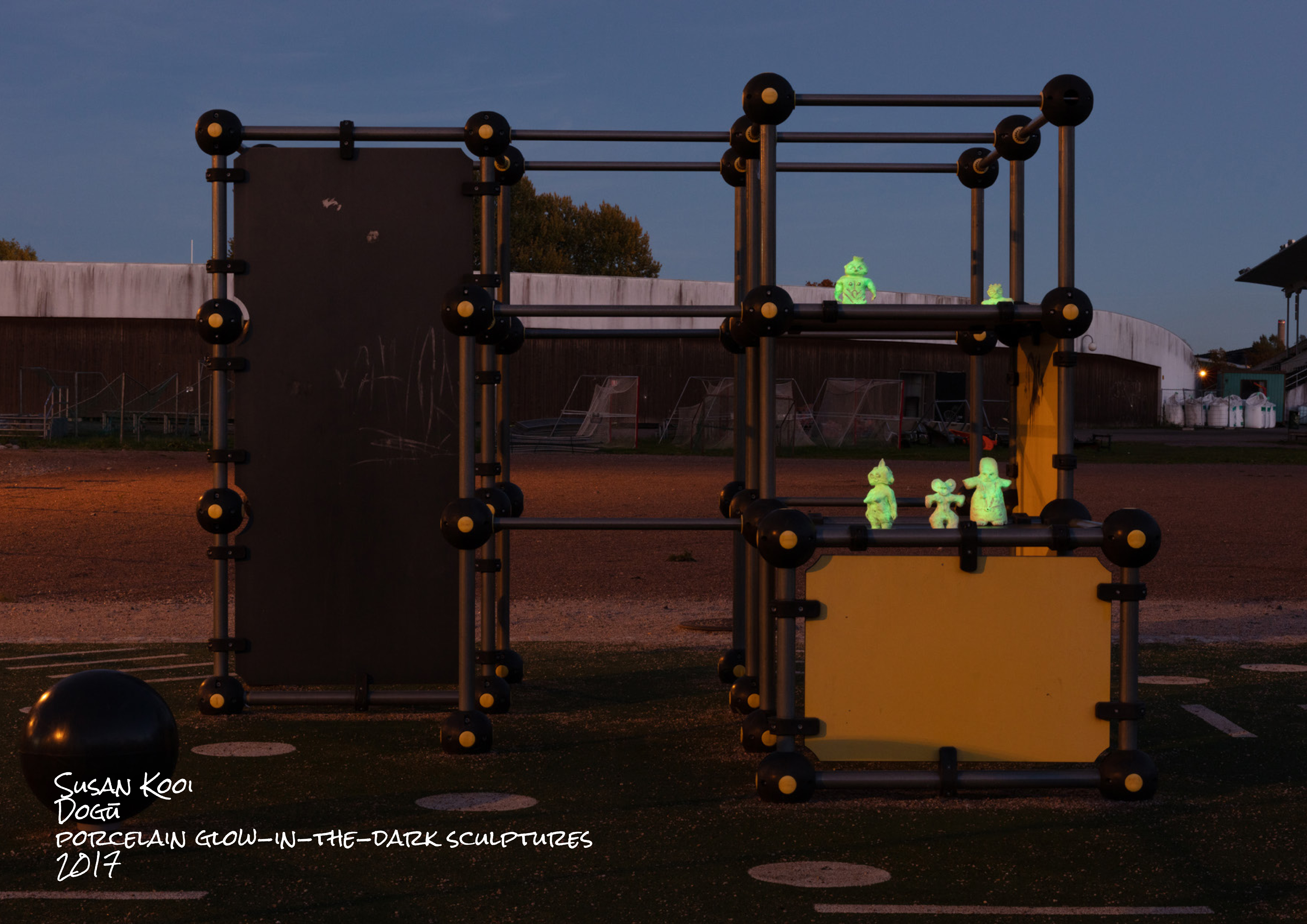
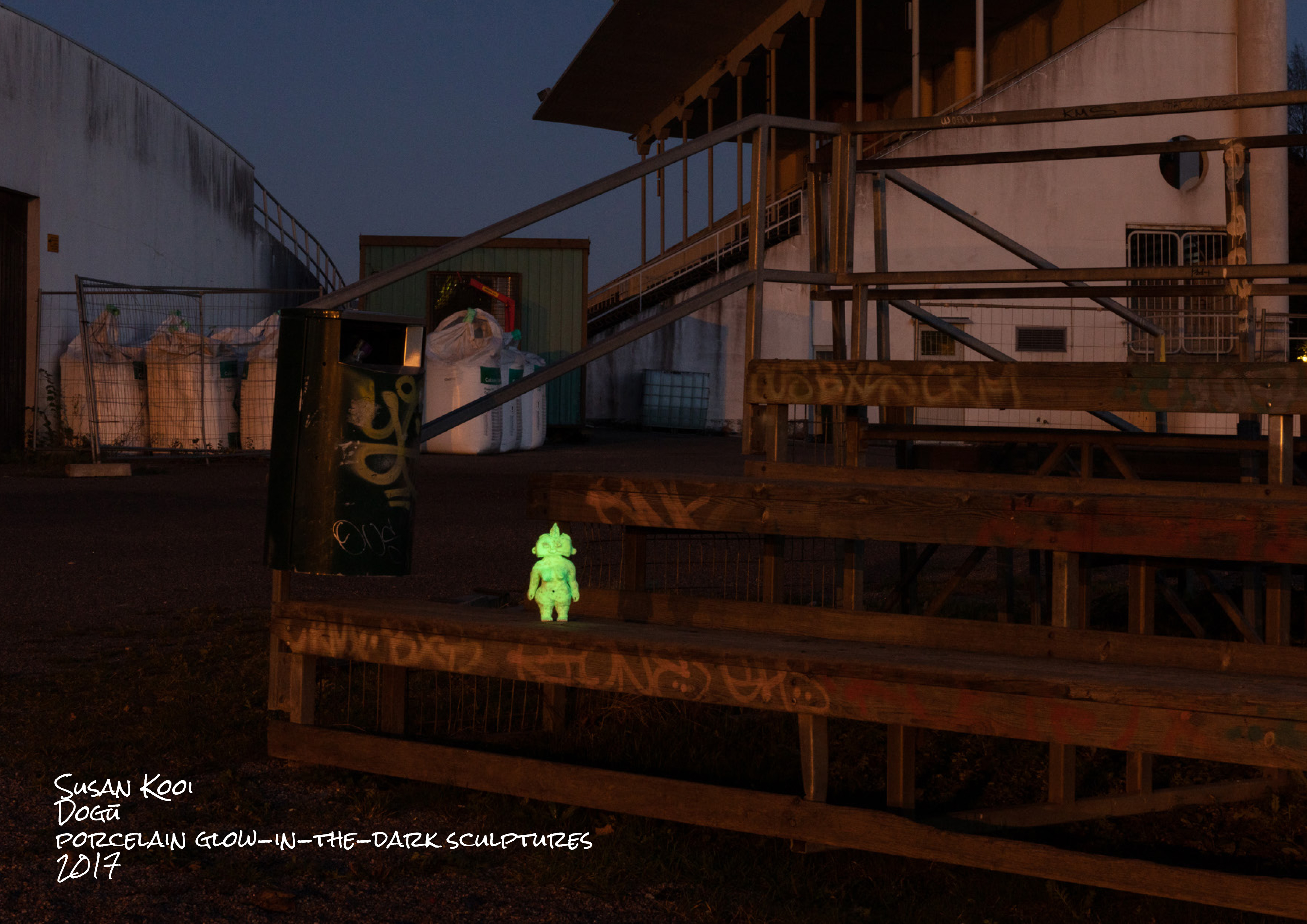
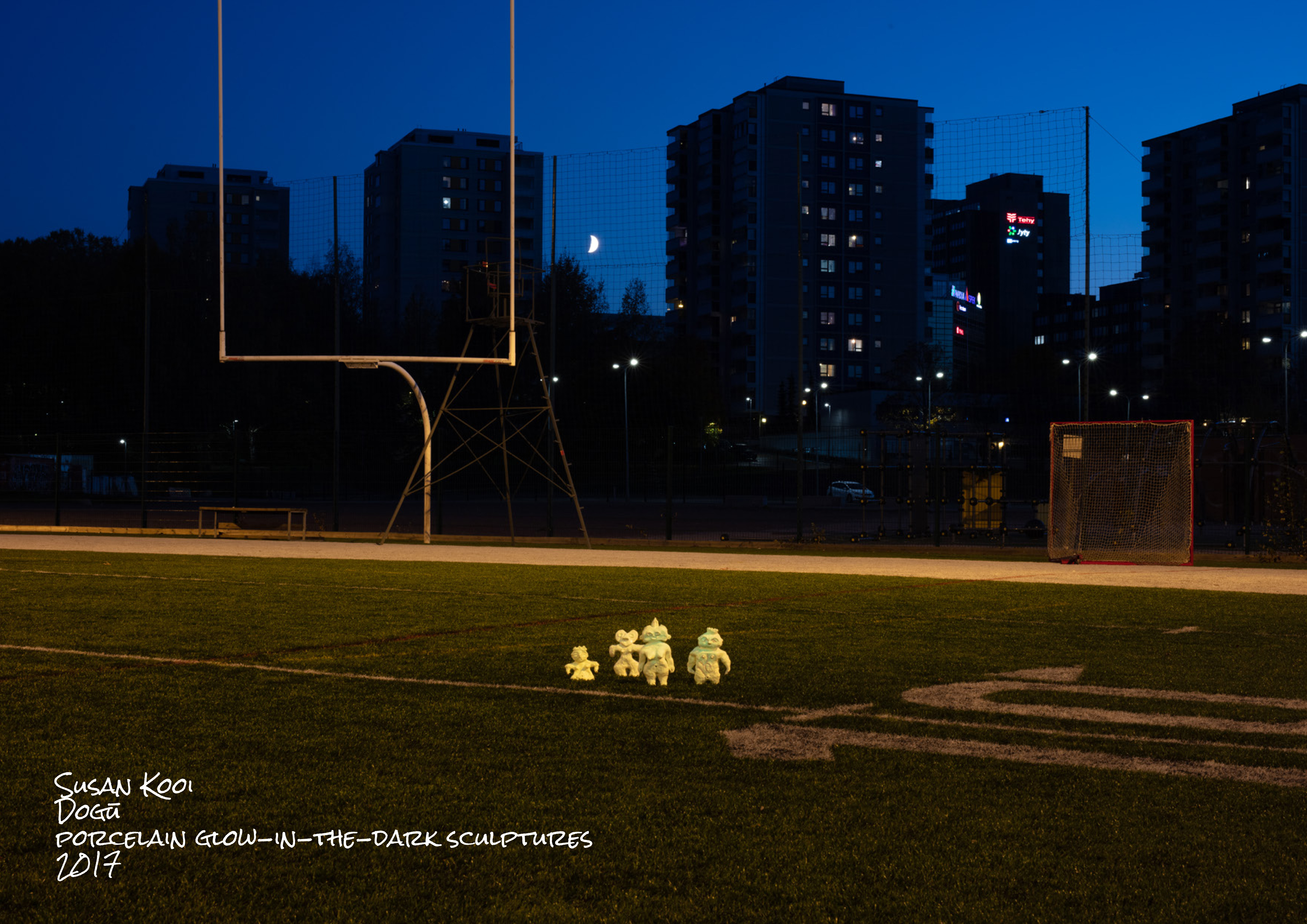
Artists
Helsinki based artist working with digital prints, often combining them with sculptural objects. Central themes include experiences of identity, gender, bodily fantasies and dysmorphia, as well as general existence in the digital era.
Helsinki-based multidisciplinary artist. Recent years Byström have been experimenting with digital techniques, video, sculpture, performance, sound and text which have been developed in a form of single works and larger installations. Since 2016 Byström’s key interest has been in how society and individuals are trying to cope with anxiety, control and addiction issues related to the internet and the use of new technology. Additionally Byström is co-running Sorbus, a non-profit artist-run space and being a member of an art collective under same name.
is a multidisciplinary visual artist based in Amsterdam. In addition to her own artistic practice, she is part of the performance duo echo+seashell and a founding member of artist initiative Samet Yilmaz. Kooi has exhibited solo works such as Lonely Planet, Comet Vintage, Fossils, Pterodaustro, Australopithecus (Fertile Soil For Melancholy), Blue Earth and Lutra Lutra Lutra, along with collaborative works such as The Castle, Lucy 2012 and RW NW PRT M HRW.
is a painter living and working in Helsinki. She is getting her Master’s degree from the Academy of Fine Arts in 2019. In her paintings she combines the poetic and humorous, dark and innocent, imagined and real. Kuokkanen is interested in how colours and shapes and lines can influence and electrify each other. Her works explore the feelings of love, obsessions and loneliness, and the gap between the self and the other.
describes her works as being about art practices and painting methods. Her paintings, installations and prints are the result of detailed work with source material, weaving together personal and collective memories and experiences, art historical quotes and everyday imagery. Interested in what she calls “the mood of a painting”, Meldere narrates these fragments into her works with care and precision, following their lead until they reach a focus.
is a sound designer by education and artist/unemployed/advisor by societal marking. Modig considers their most important art experiences to be the following: life lived with the production duo Biitsi, the long talks with my friends about truth and enemies, and all the beauty created and tears shed with Georges & Jennifer & Shawné.
currently lives and works in Helsinki. Ruscica probes the spaces that disconnect various art forms. As a result, one finds a multifaceted inquiry into these interim spaces and what they have in common. Using a variety of mediums – wood cut, sound, video, performance, photography and sculpture – his practice investigates the ties between interpretation and representation, collapsing boundaries of matter, language and meaning.
utilizes heterogenous materials within his works, which can take a form of a sculpture or installation. Materials form associative networks and interact together creating stage like situations. Often a work comes from a certain bodily feeling or body posture, like staring from a window or resting. Saarinen is interested in actions and situations which are usually considered unproductive, slow and passive.
works often draw attention to conditions that sustain or diminish prospects of beings and organisms in their indefinite forms. She is a keen amateur student of geology and an observer of rock strata, which as veins, bands, beds, dunes, and other deposits bear the weight of time and stretch our conceptions of it. Lately Vainio has also been paying attention to social interactions, the power of free association and unforeseen connections that arise in exchanges of acceptance and openness.
is a Finnish knitwear designer focusing on handmade crochet pieces and industrial knits. His aesthetic is defined by bold colors, prints and textures. He is inspired by traditional techniques that are often overlooked in the mainstream fashion due to large amount of working hours involved in the making of garments.
is a fresh burst of color in the Helsinki drag scene, a real life cartoon character known for her energetic performances and vibrant visual aesthetic inspired by Bugs Bunny and her dead grandmother.
Photos taken between October and November 2018
in Käpylä sports park, Helsinki, Finland.
Text and images courtesy of Sakari Tervo and the artist.
Credits
Photos taken between October and November 2018
in Käpylä sports park, Helsinki, Finland.
Text and images courtesy of Sakari Tervo and the artist.
O Fluxo © 2019


